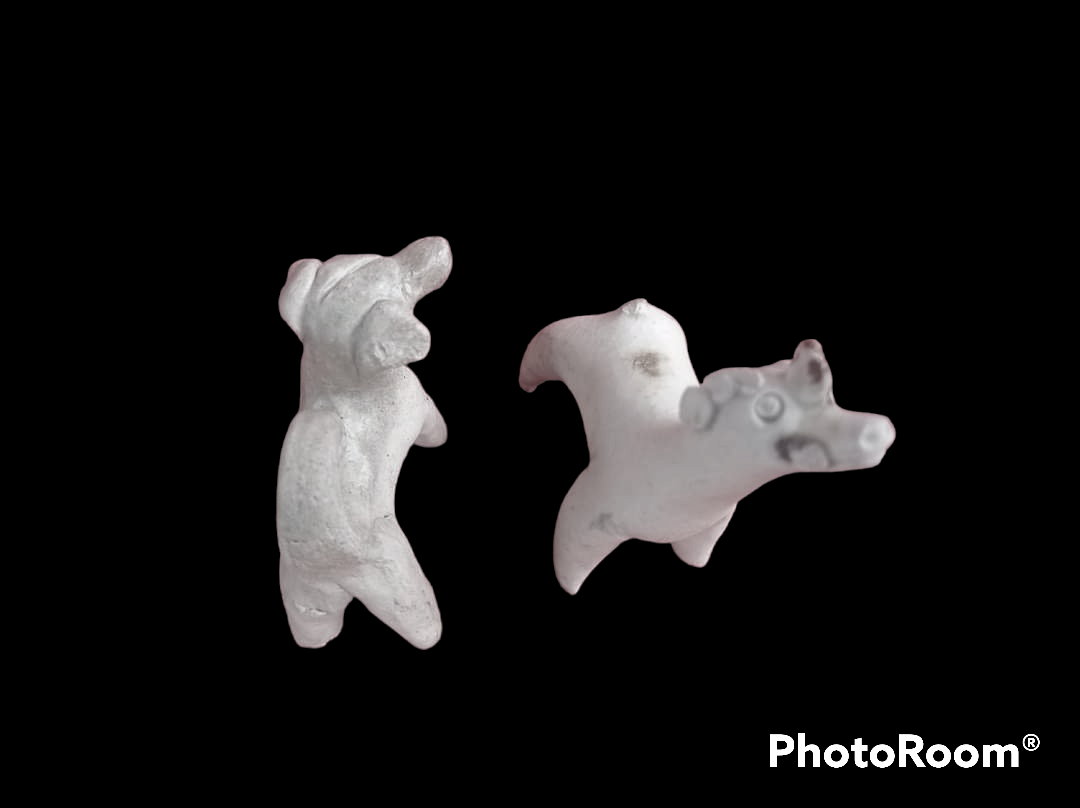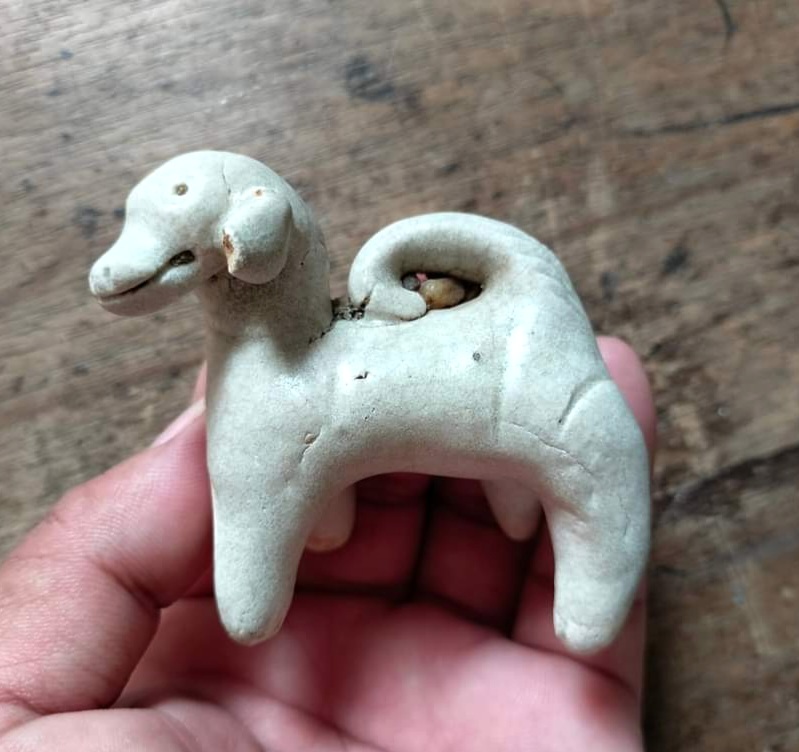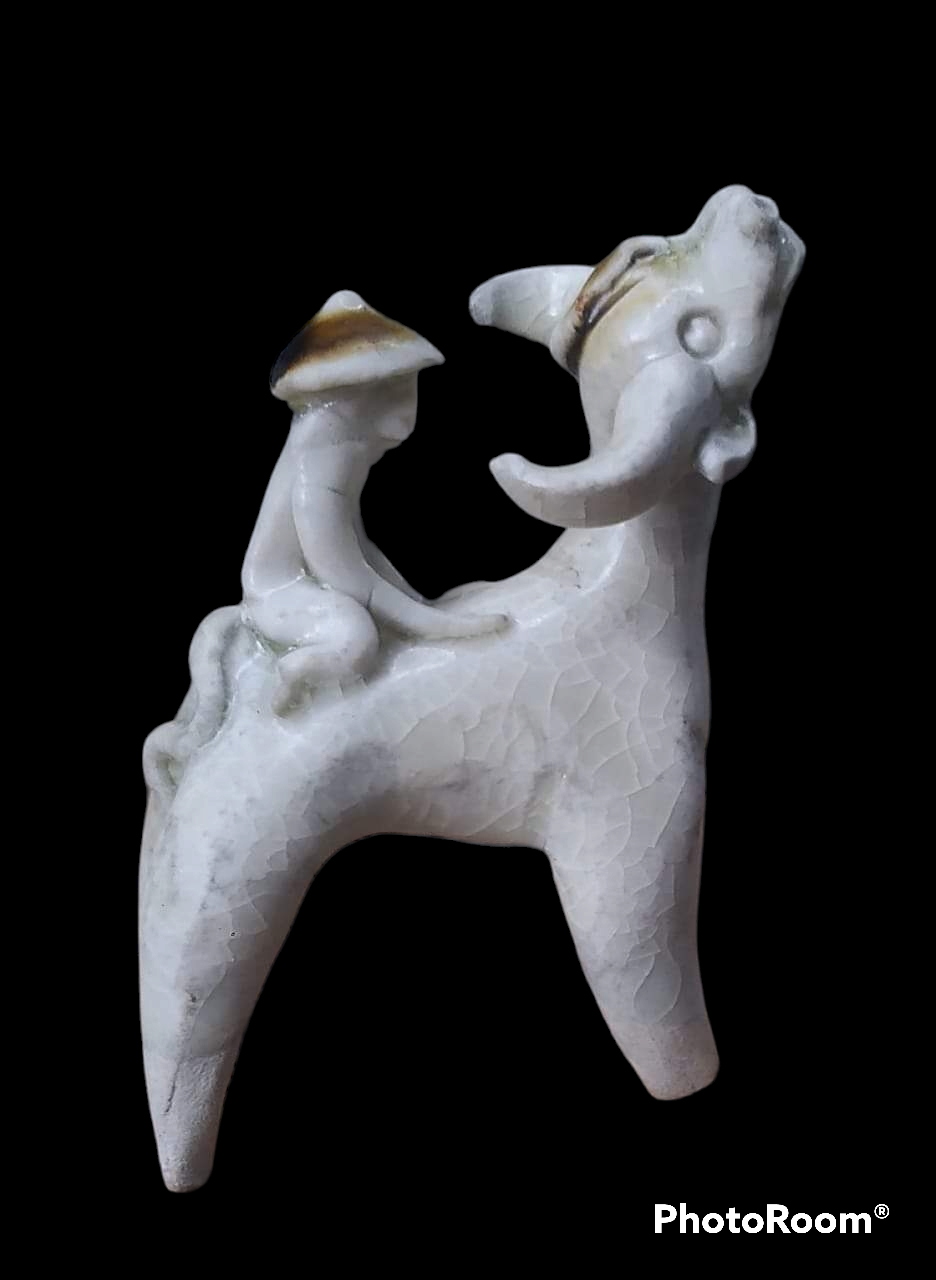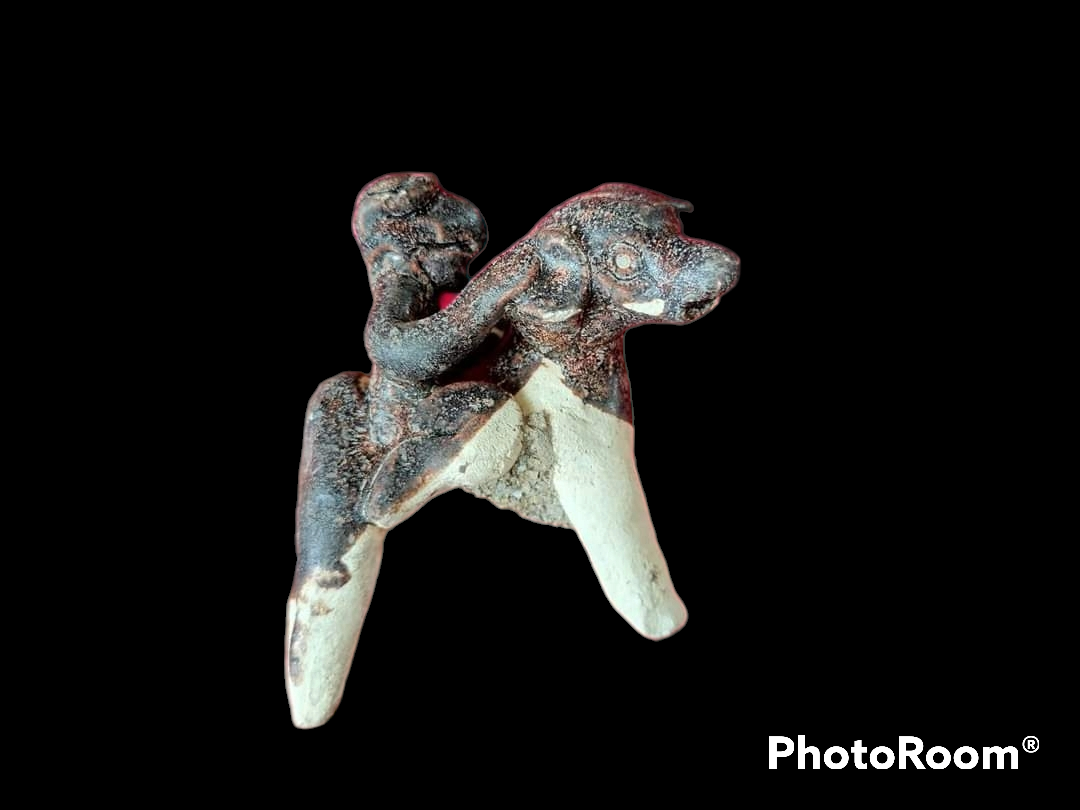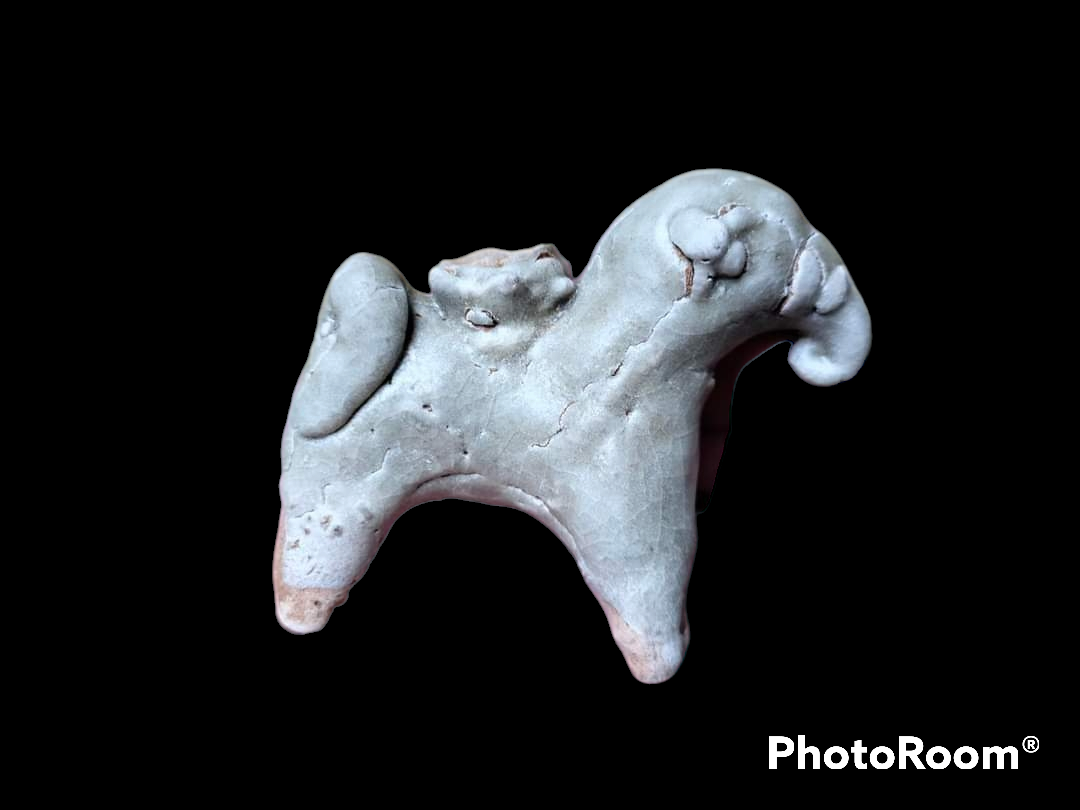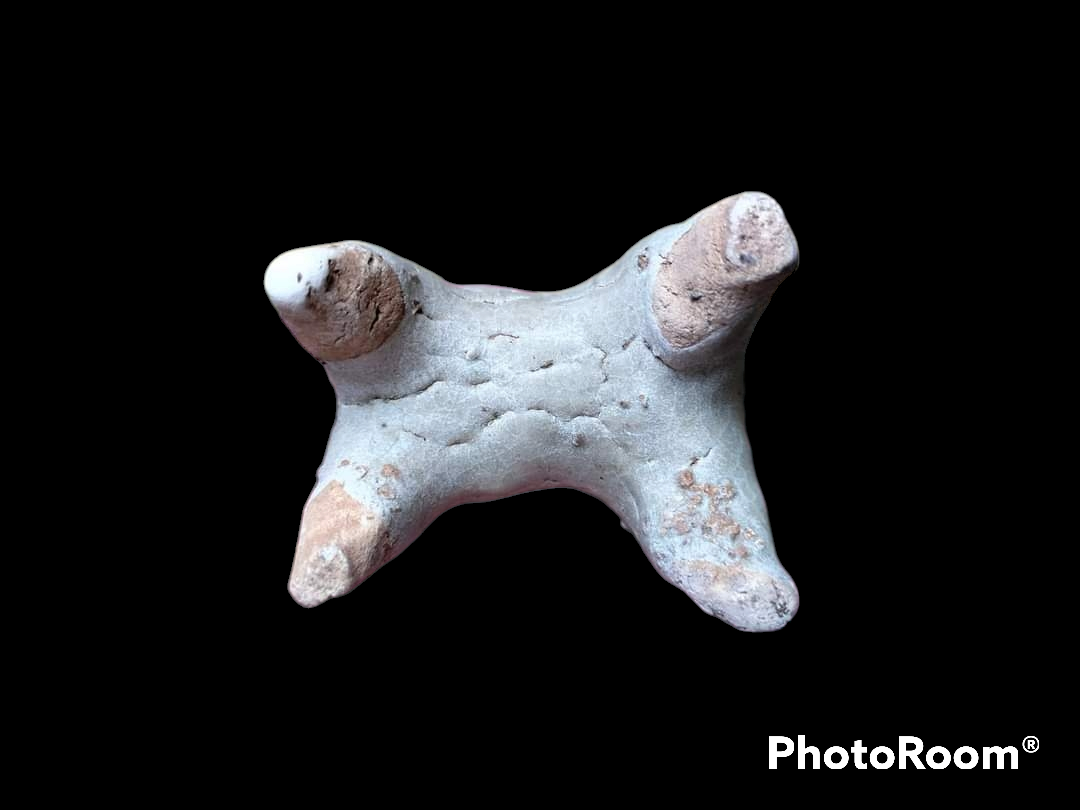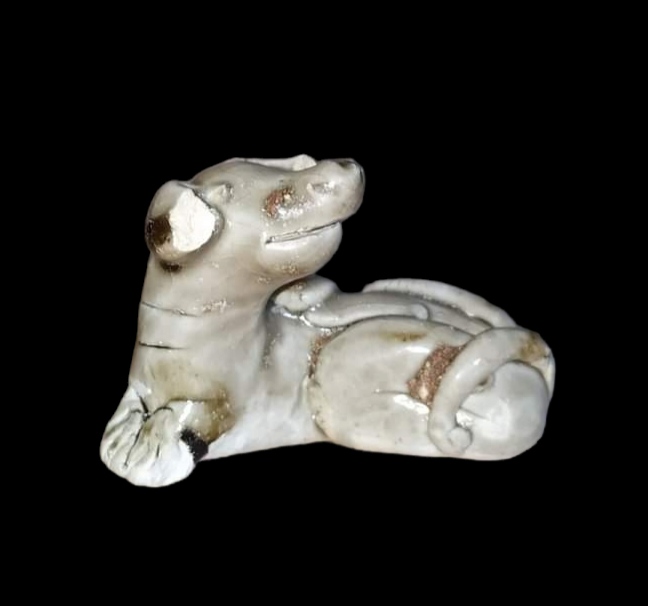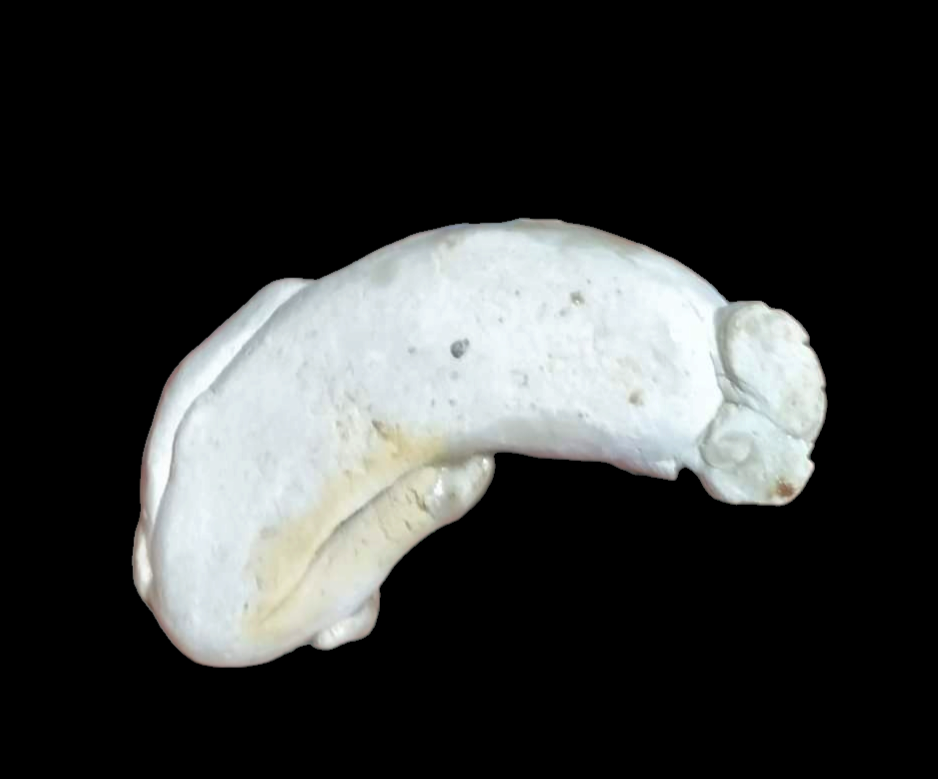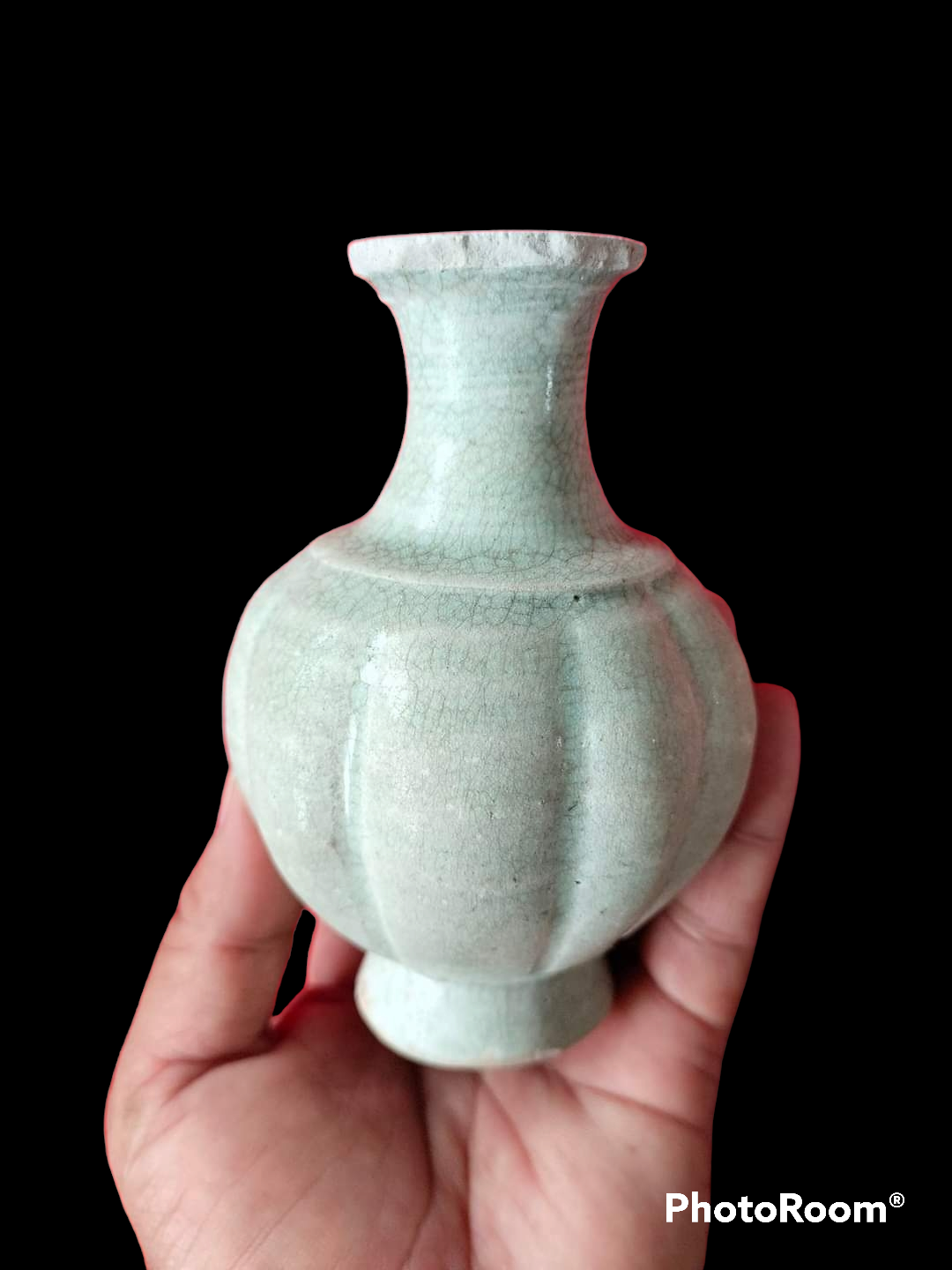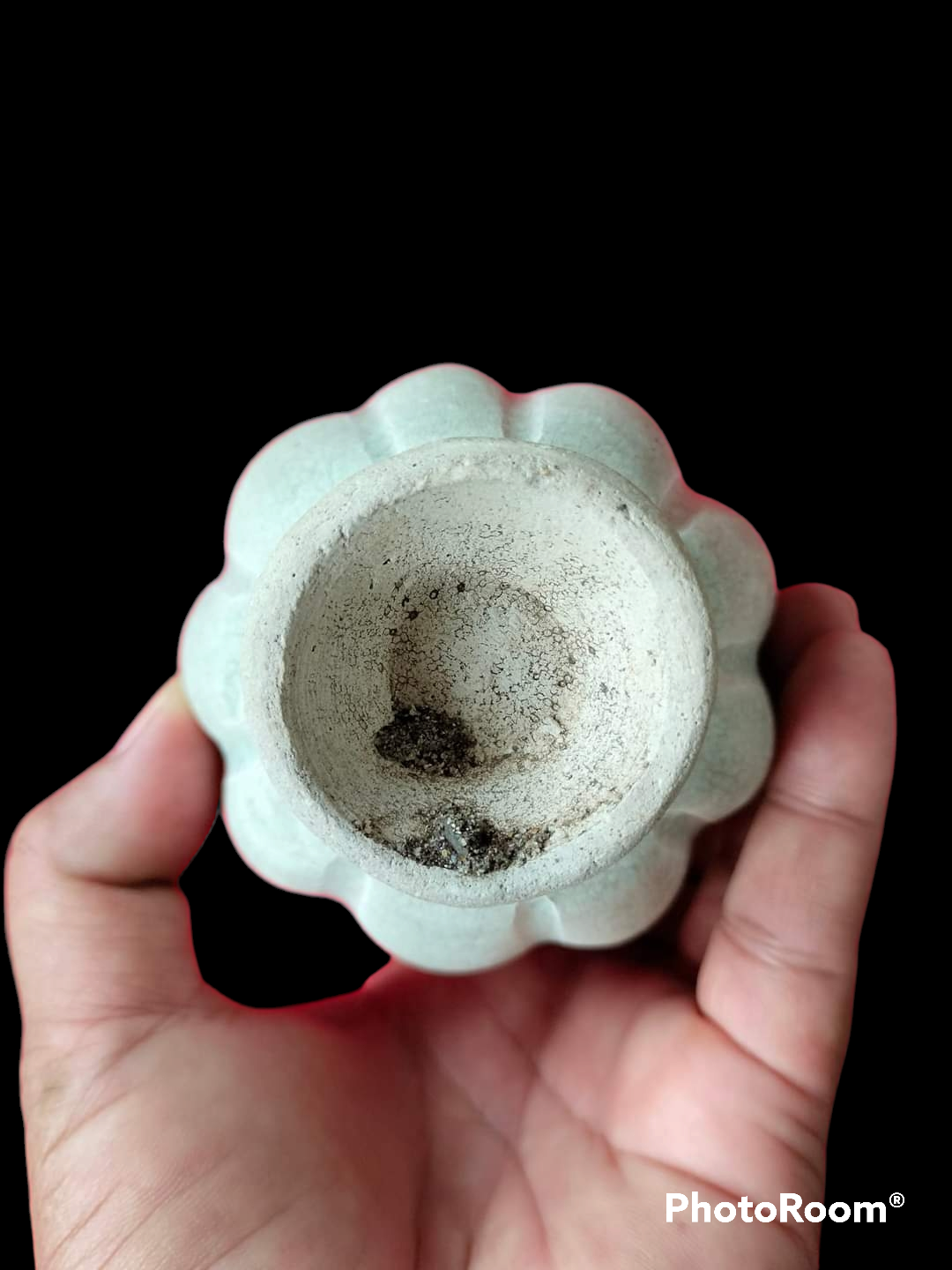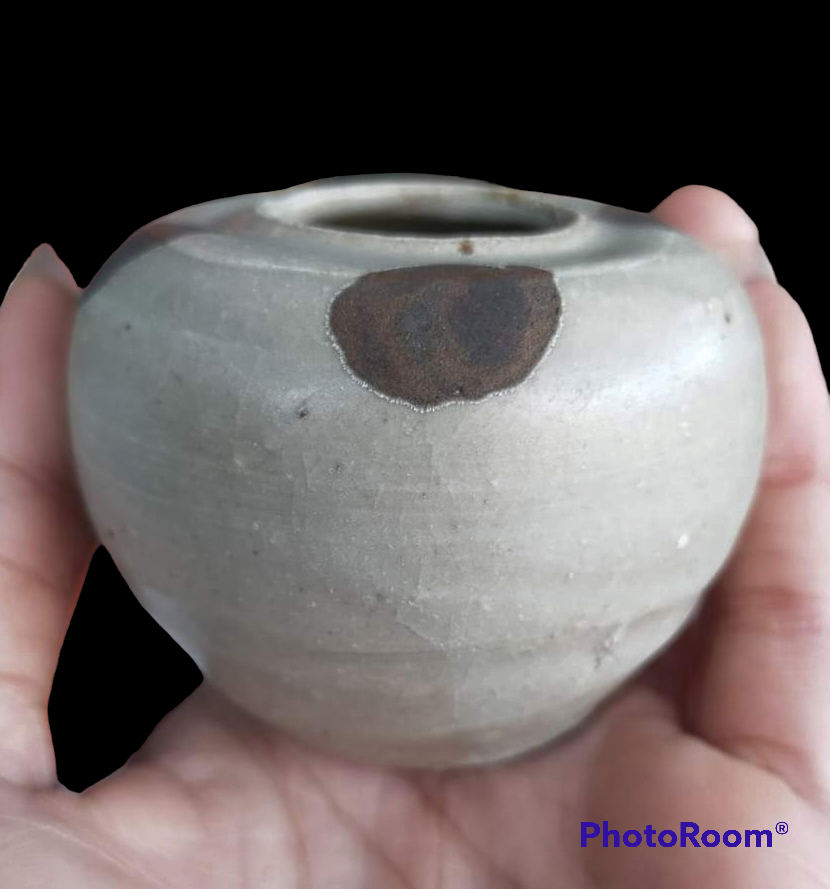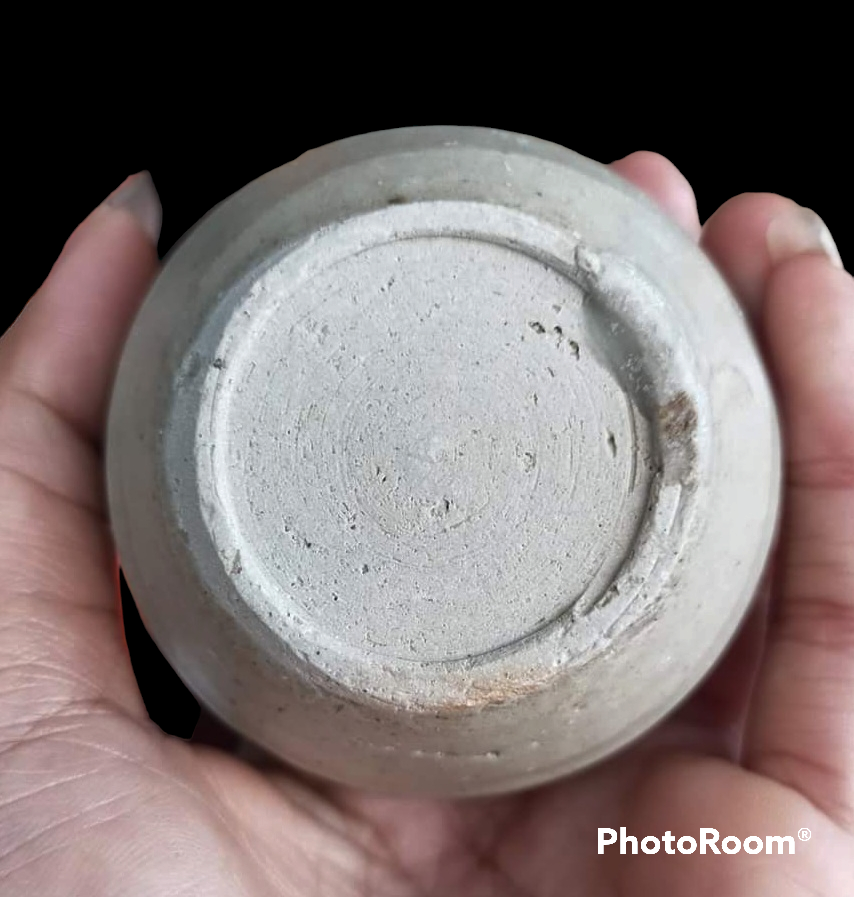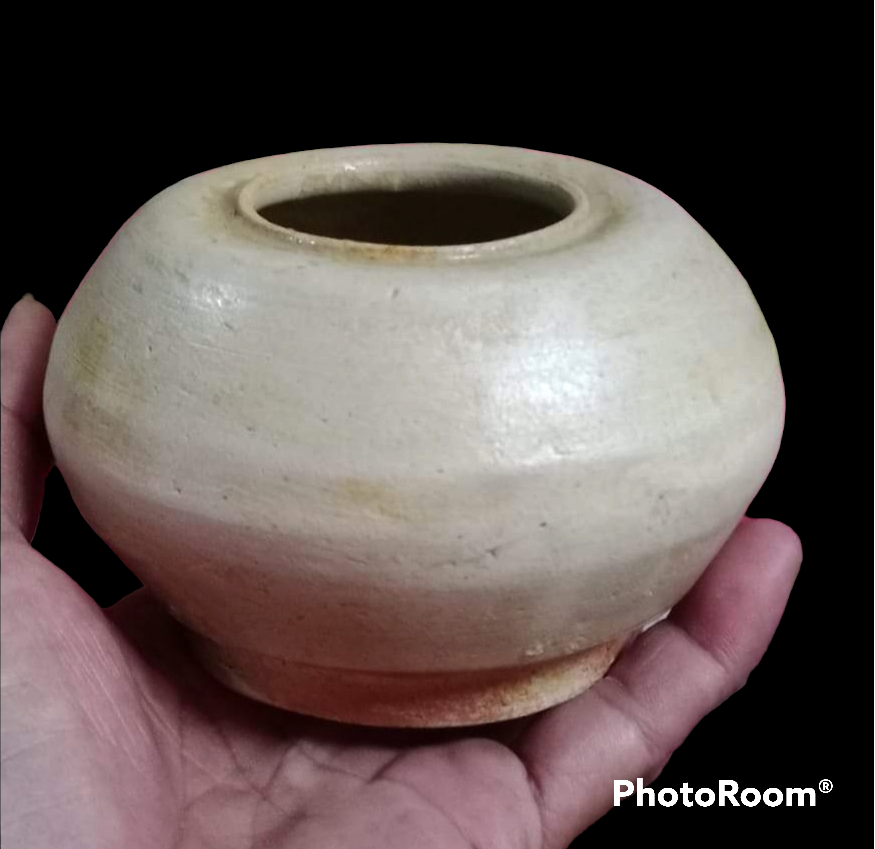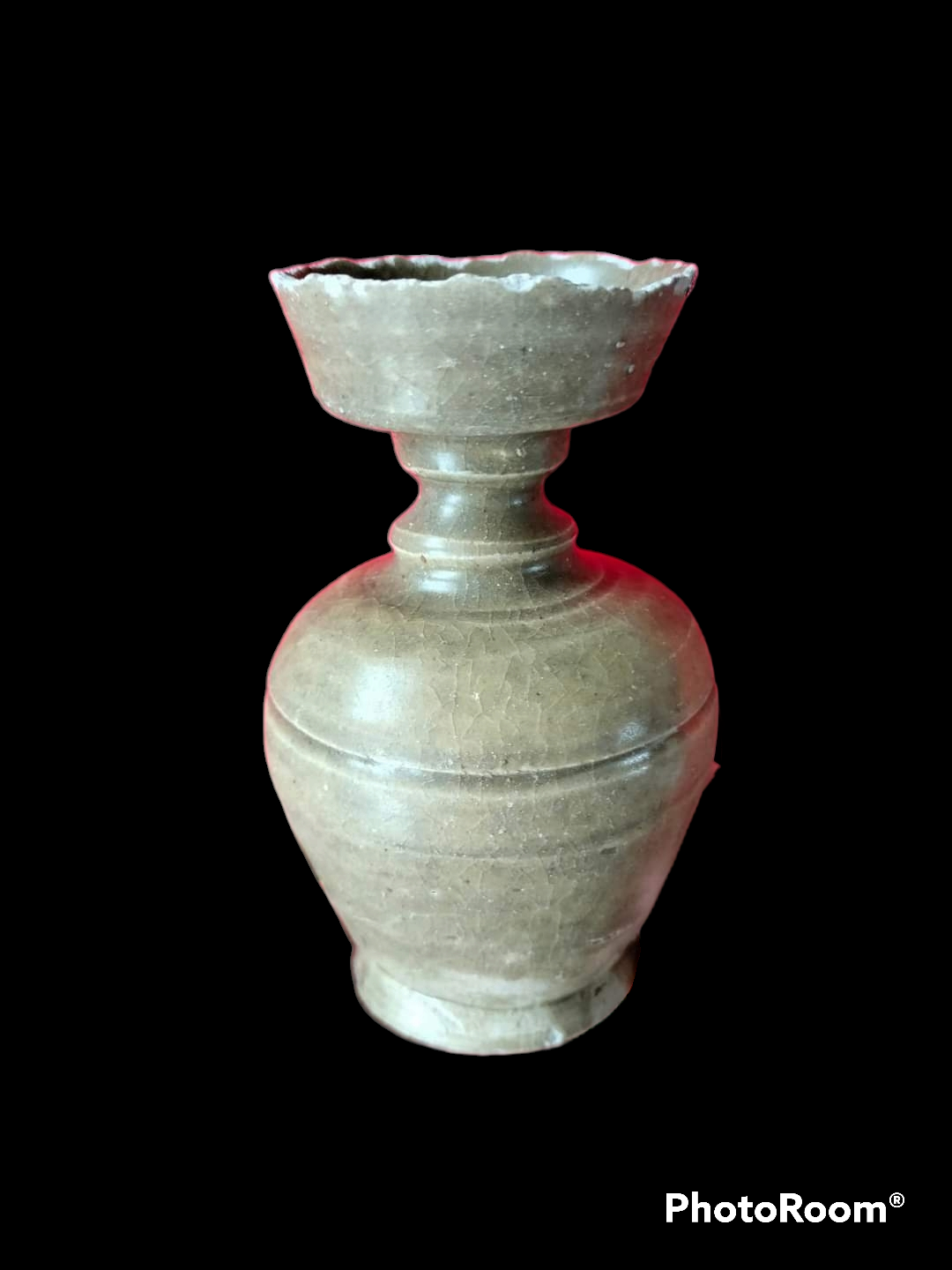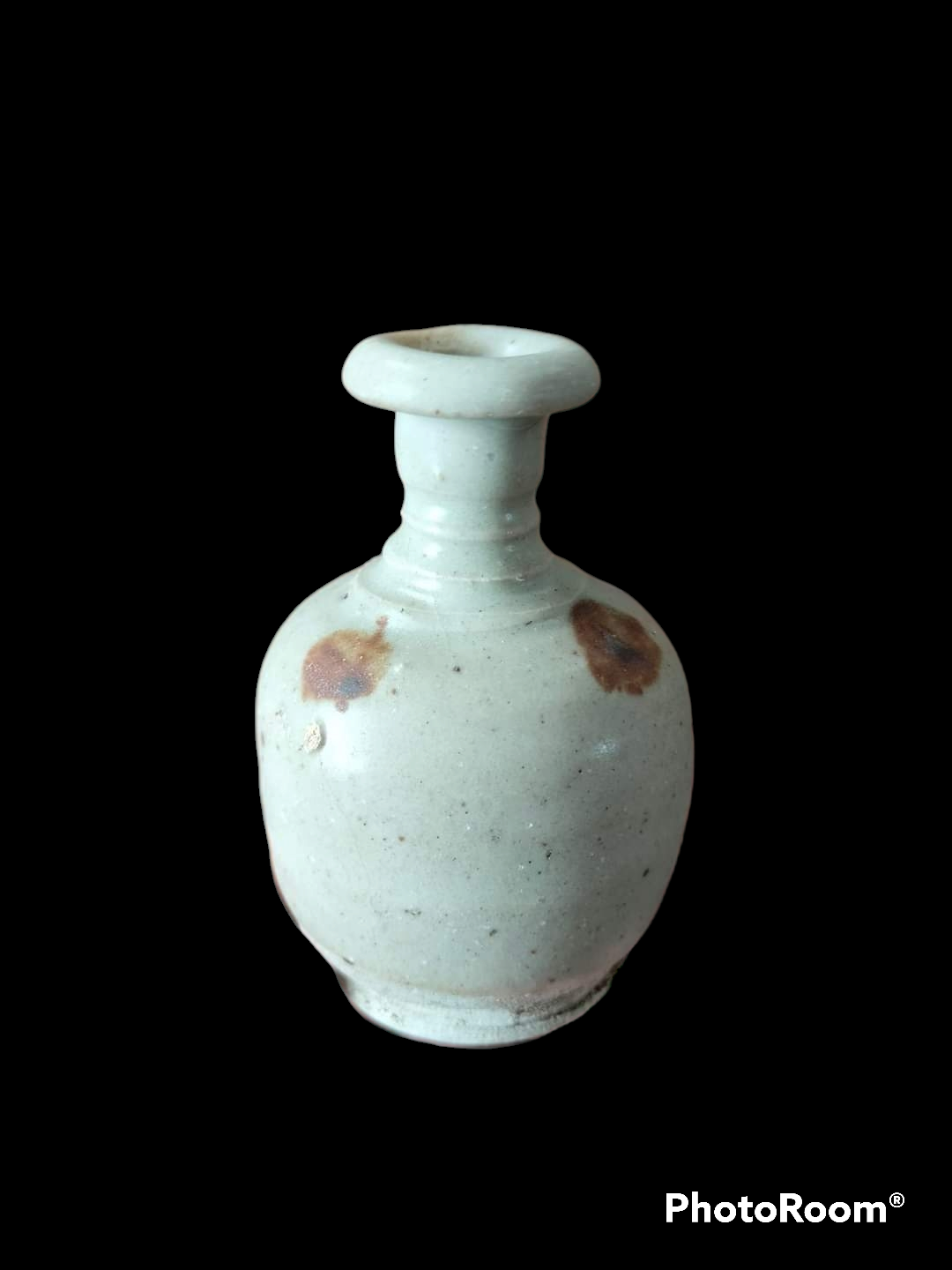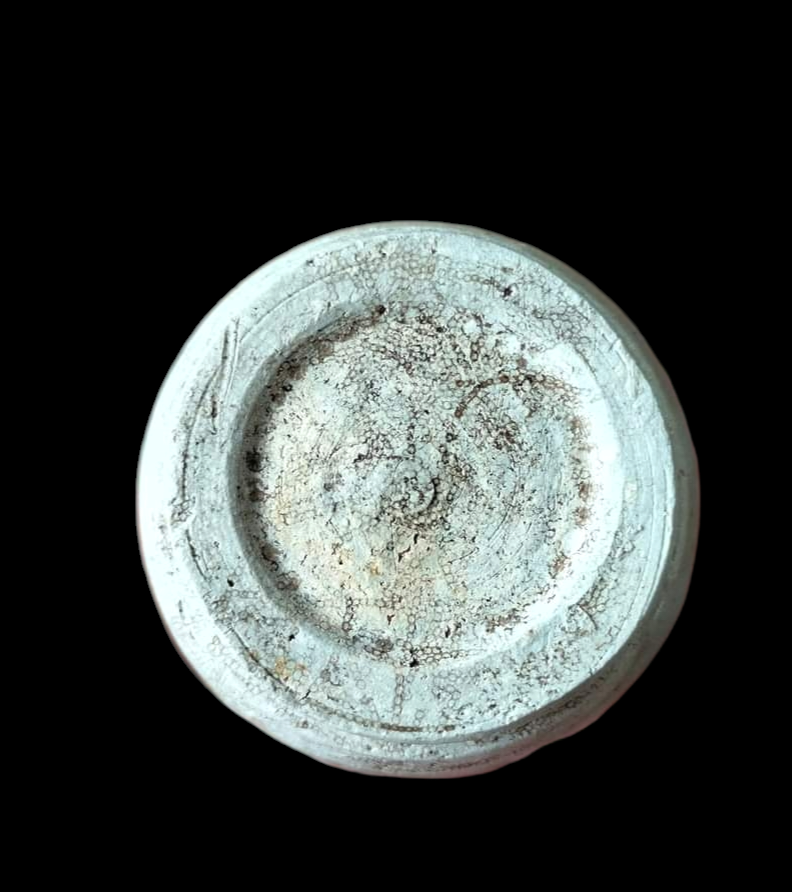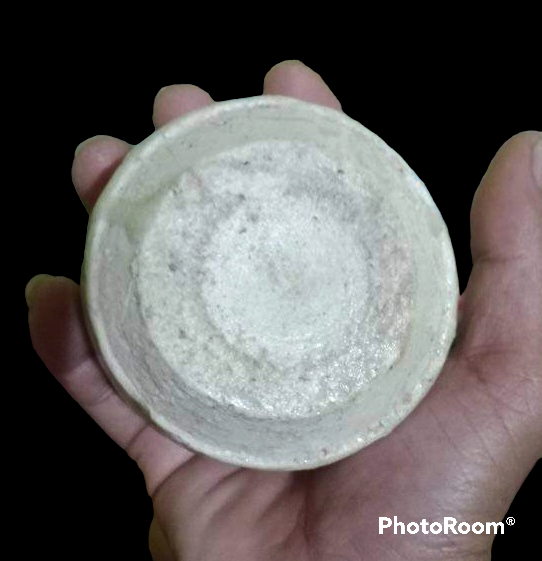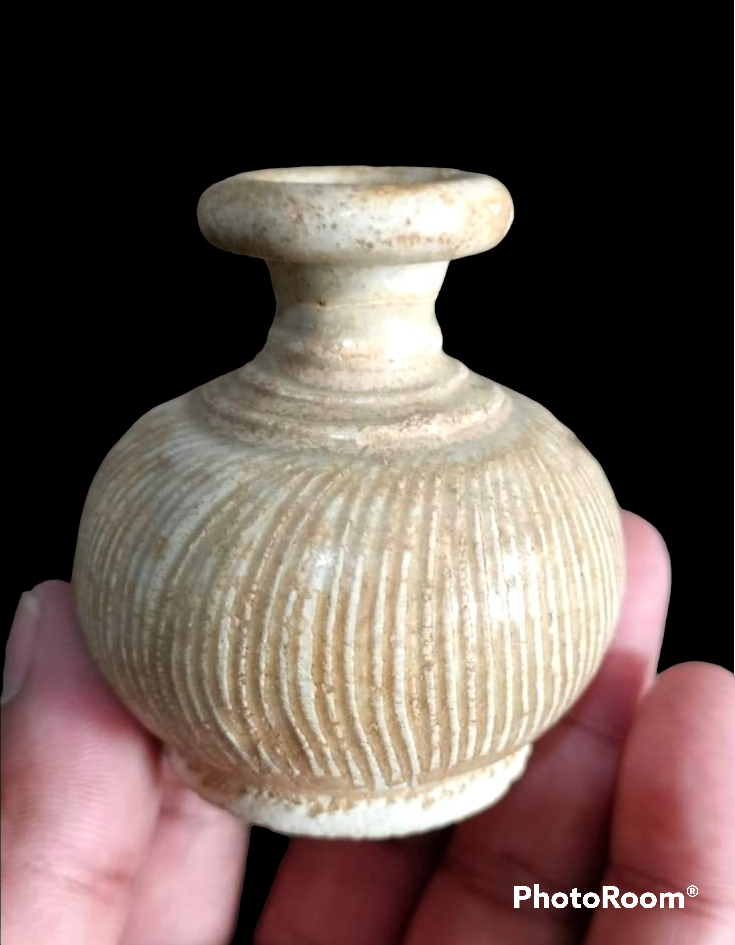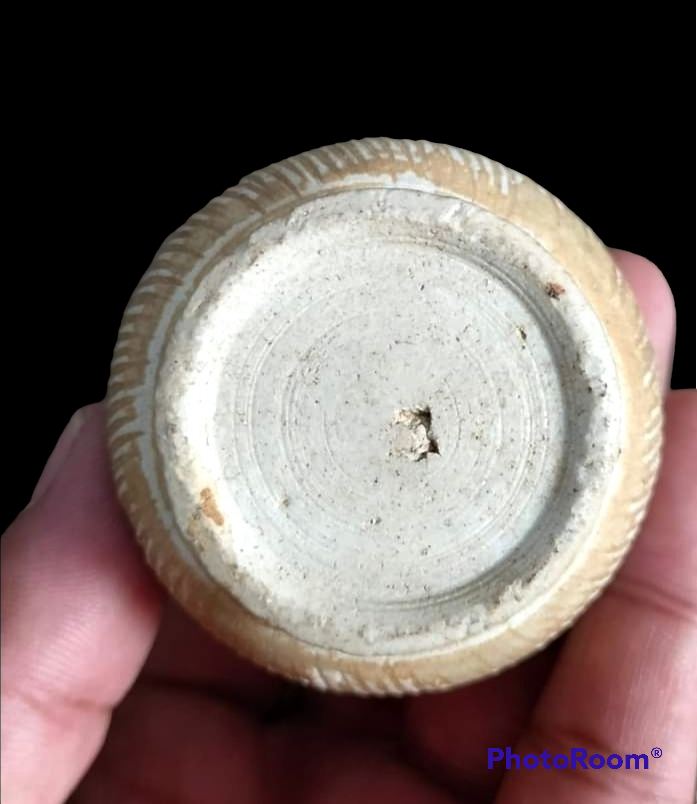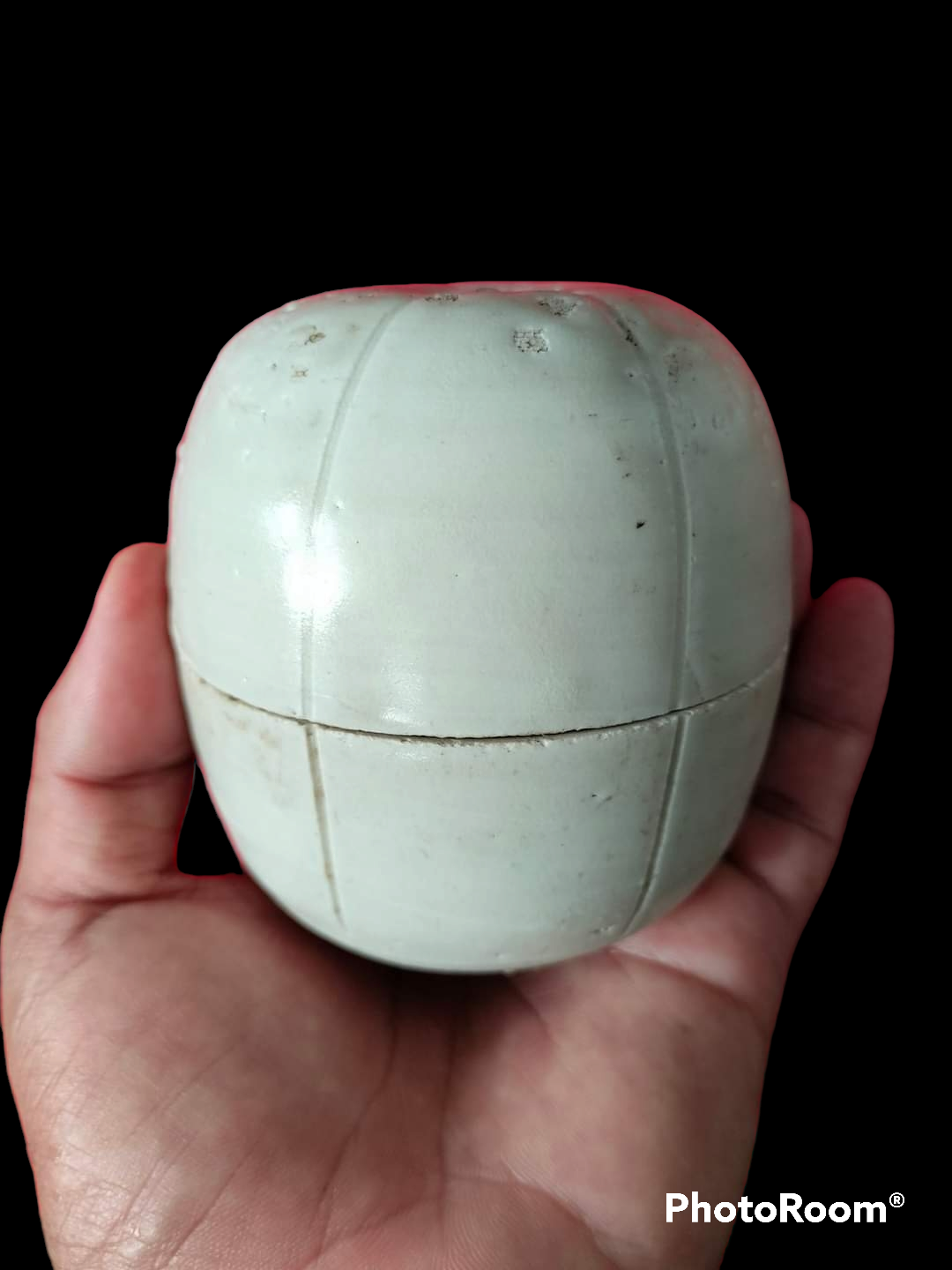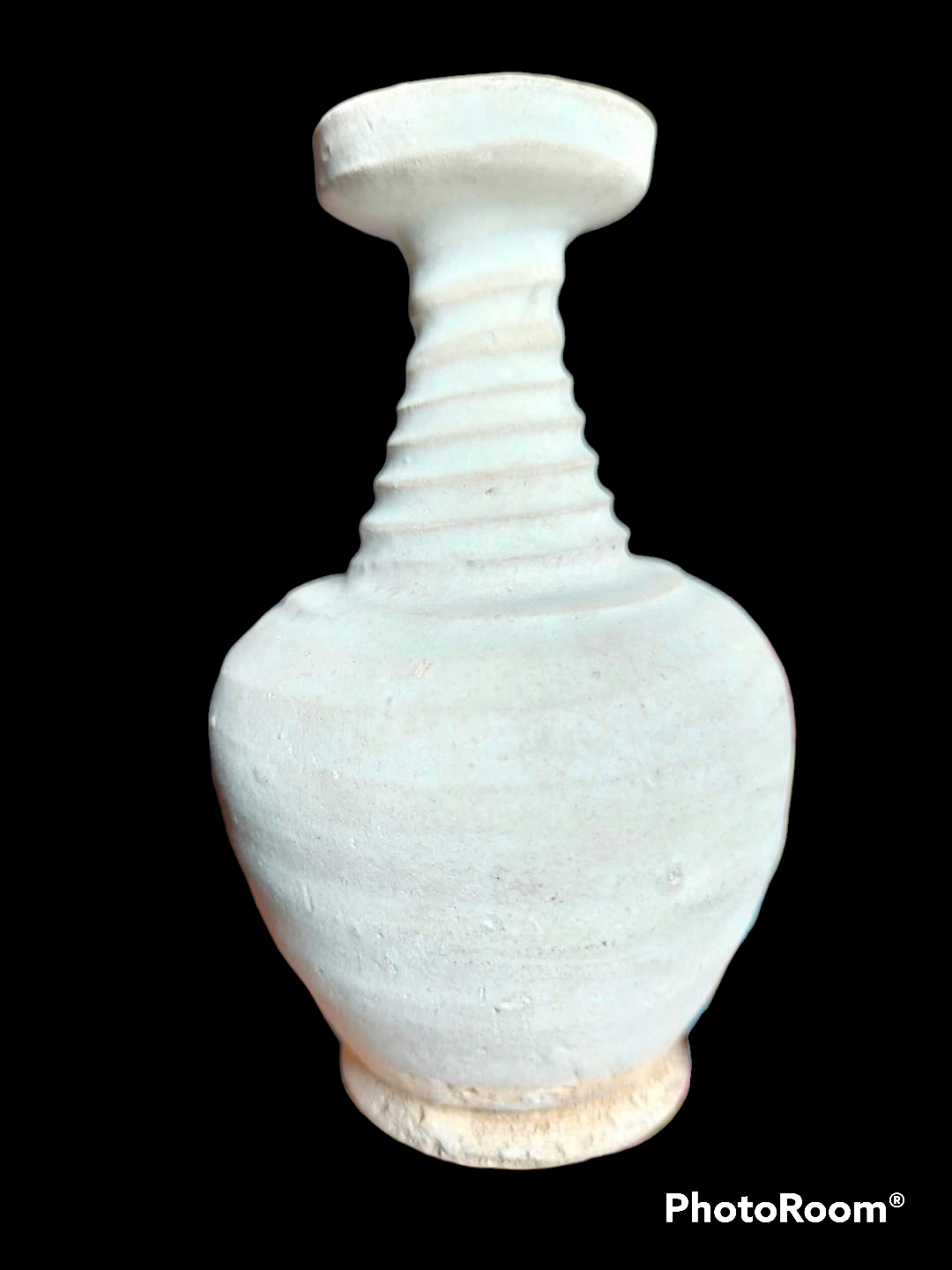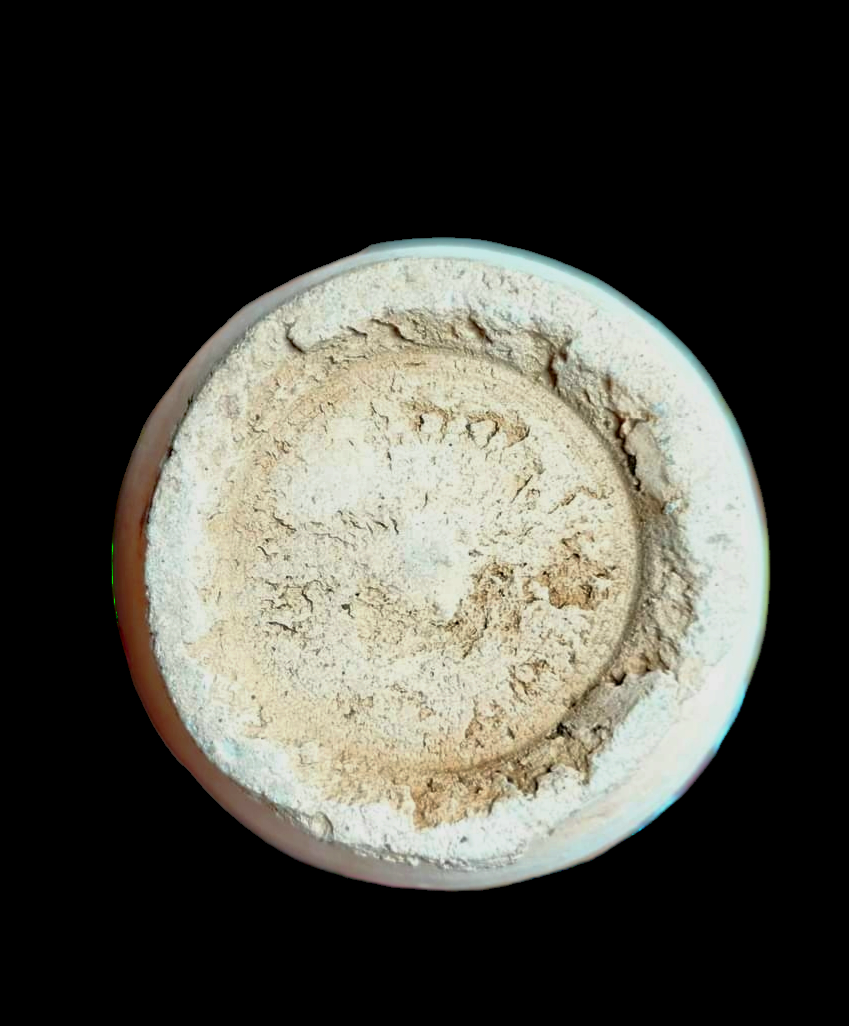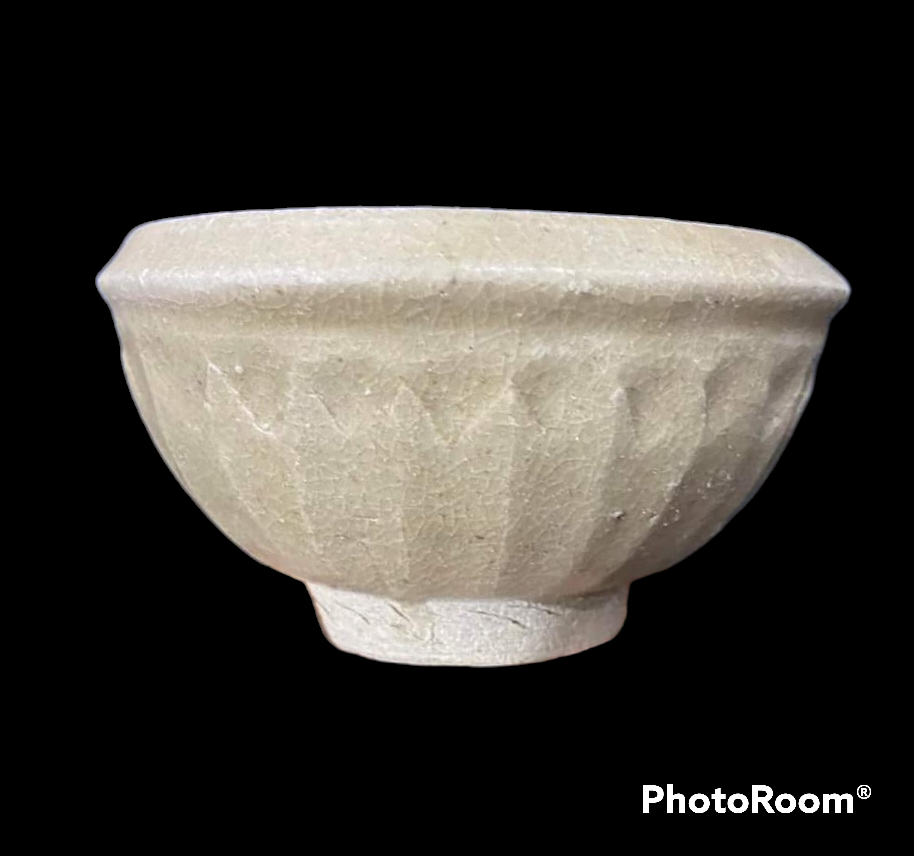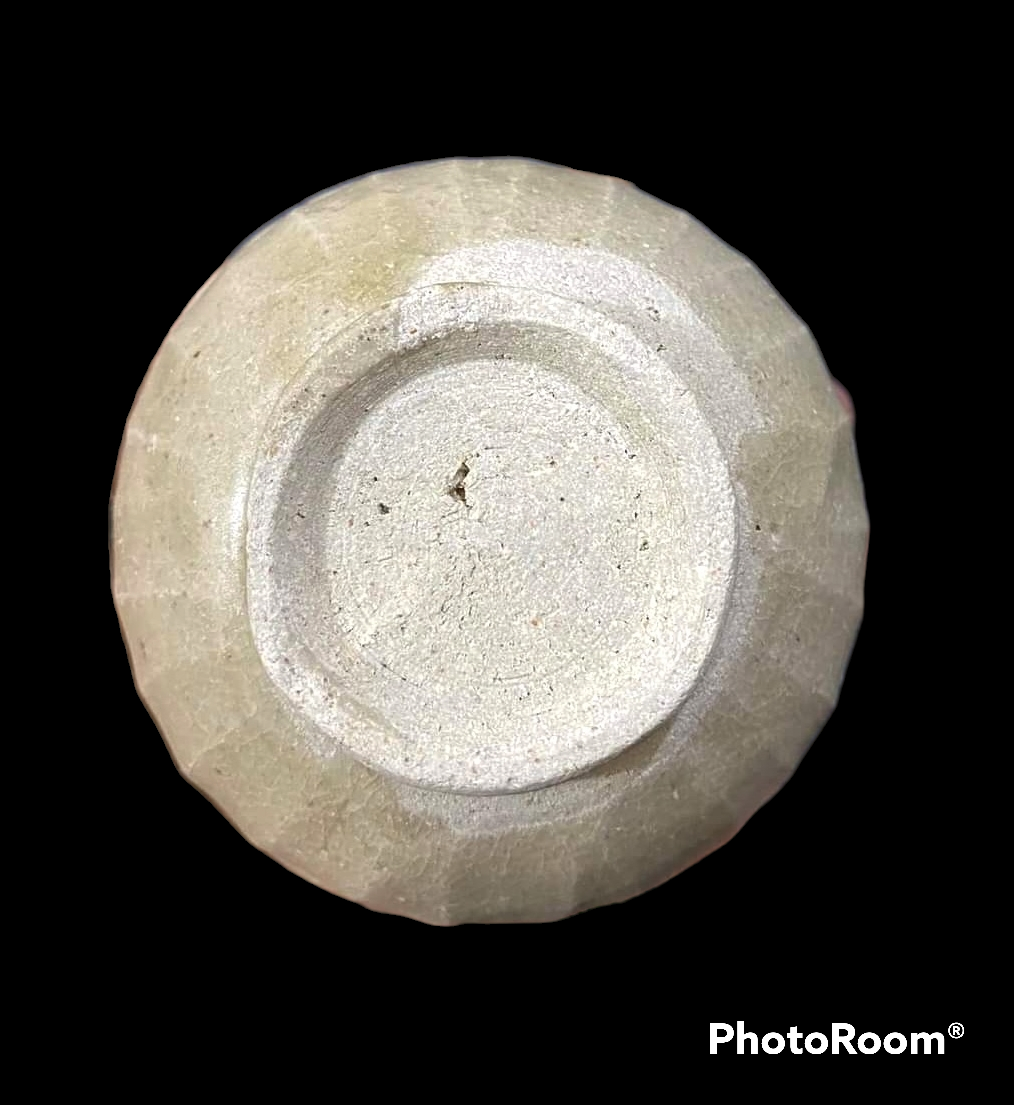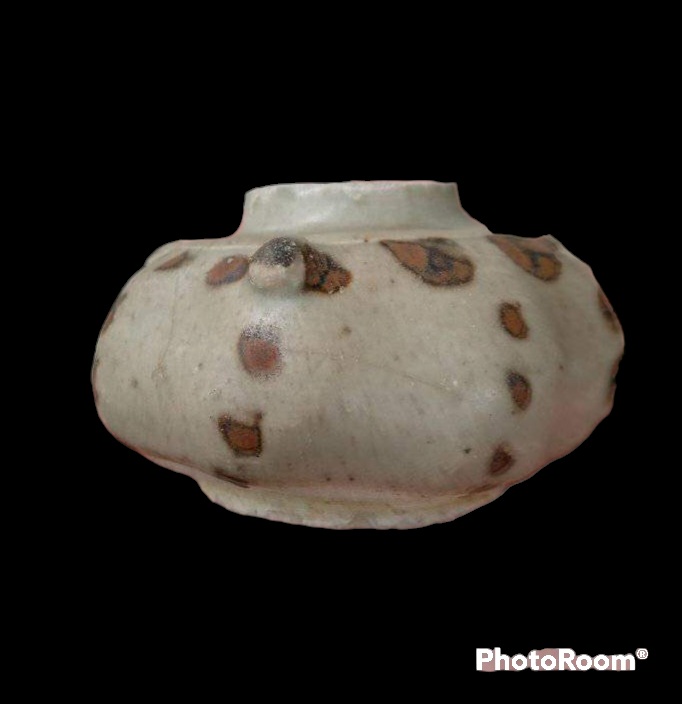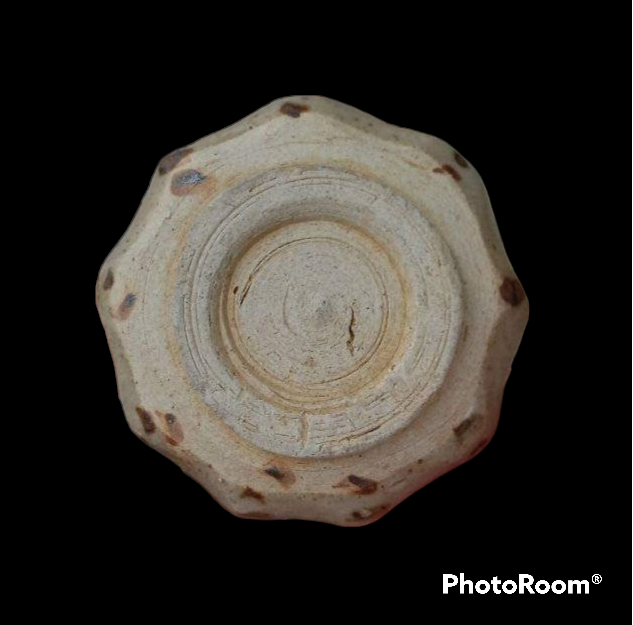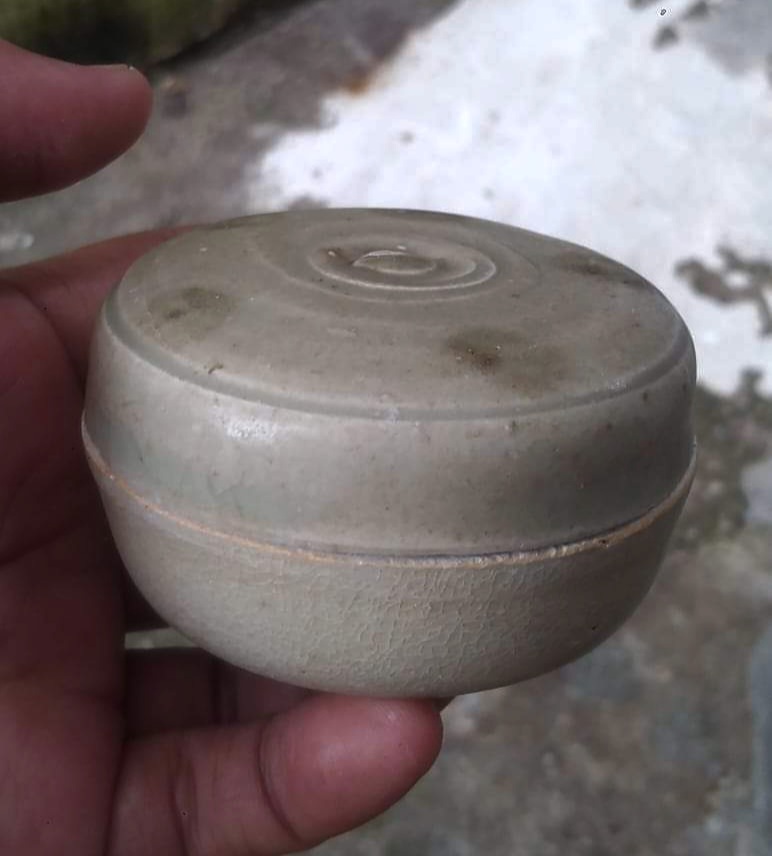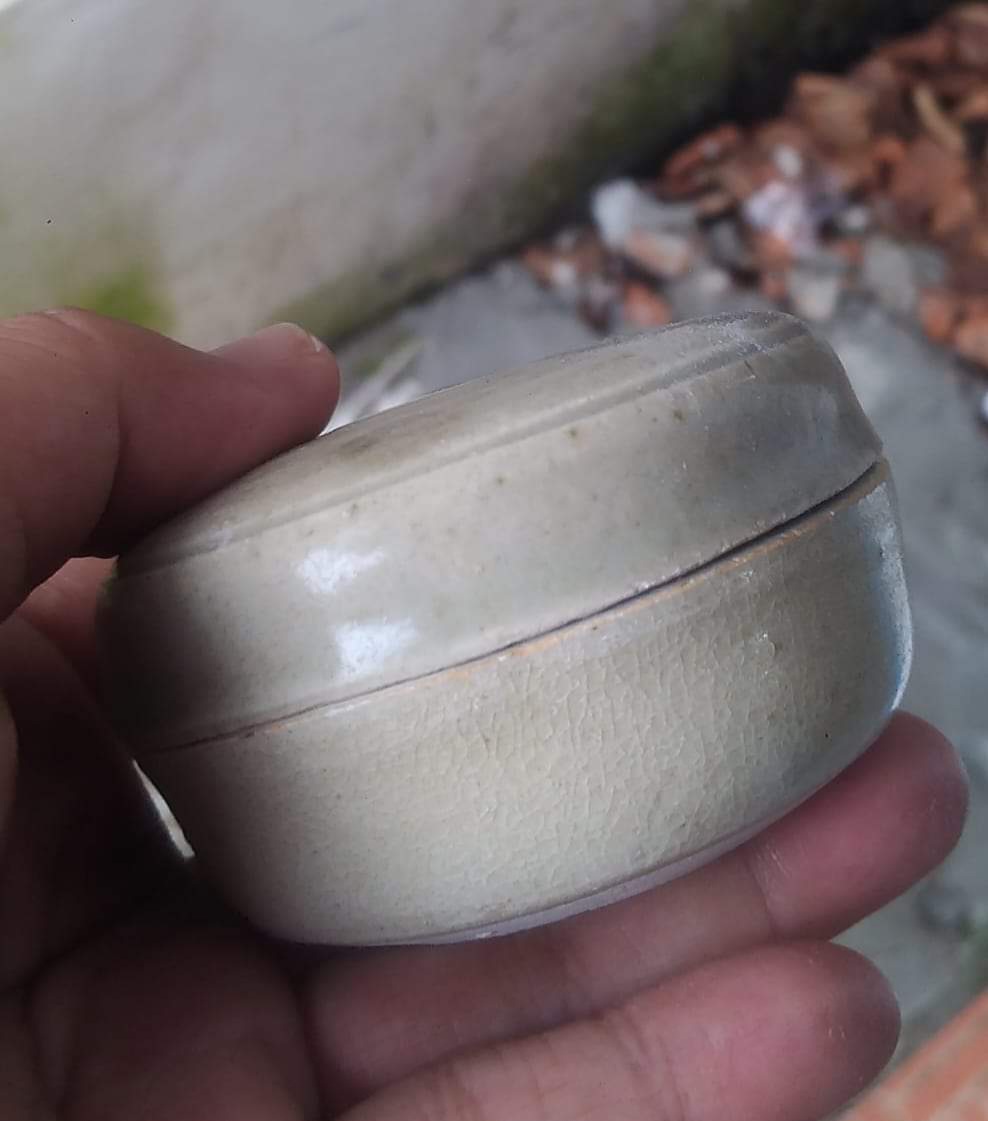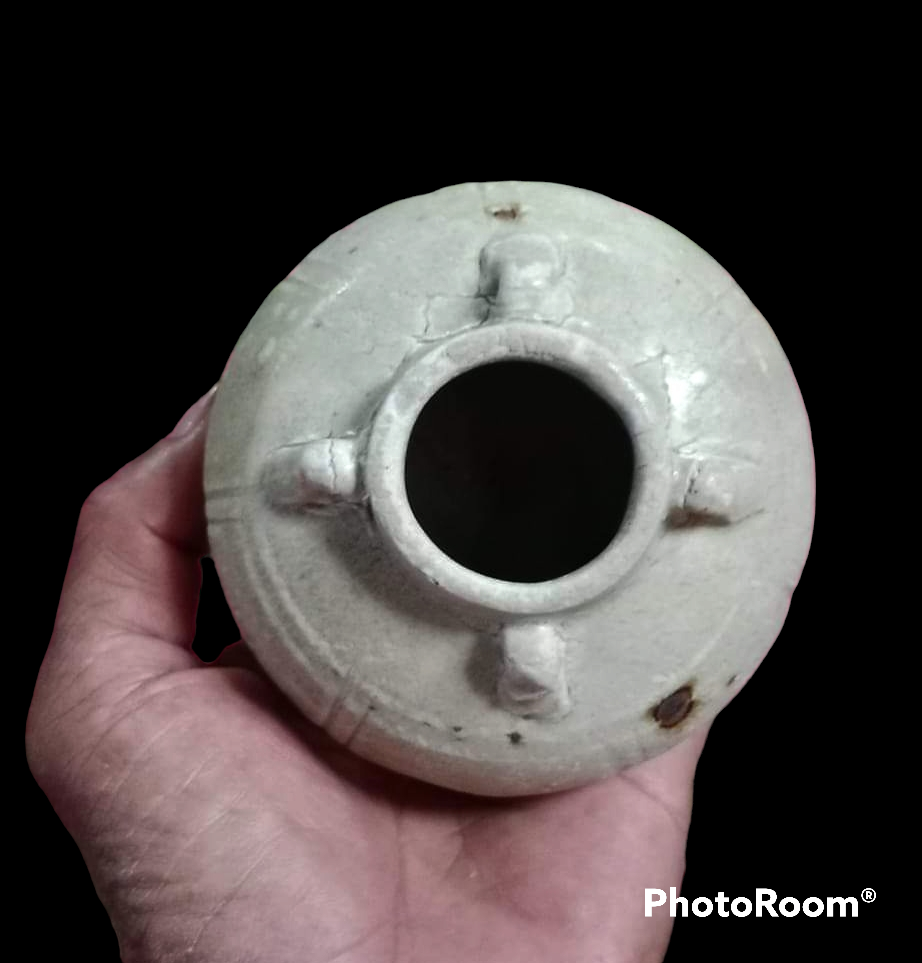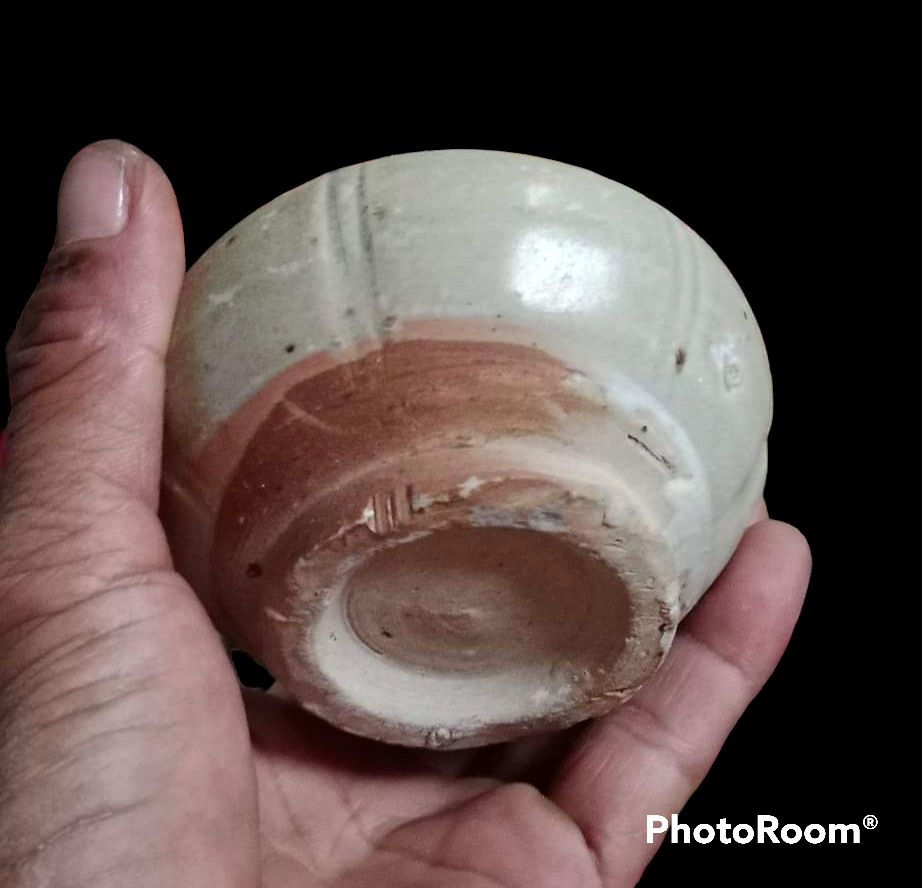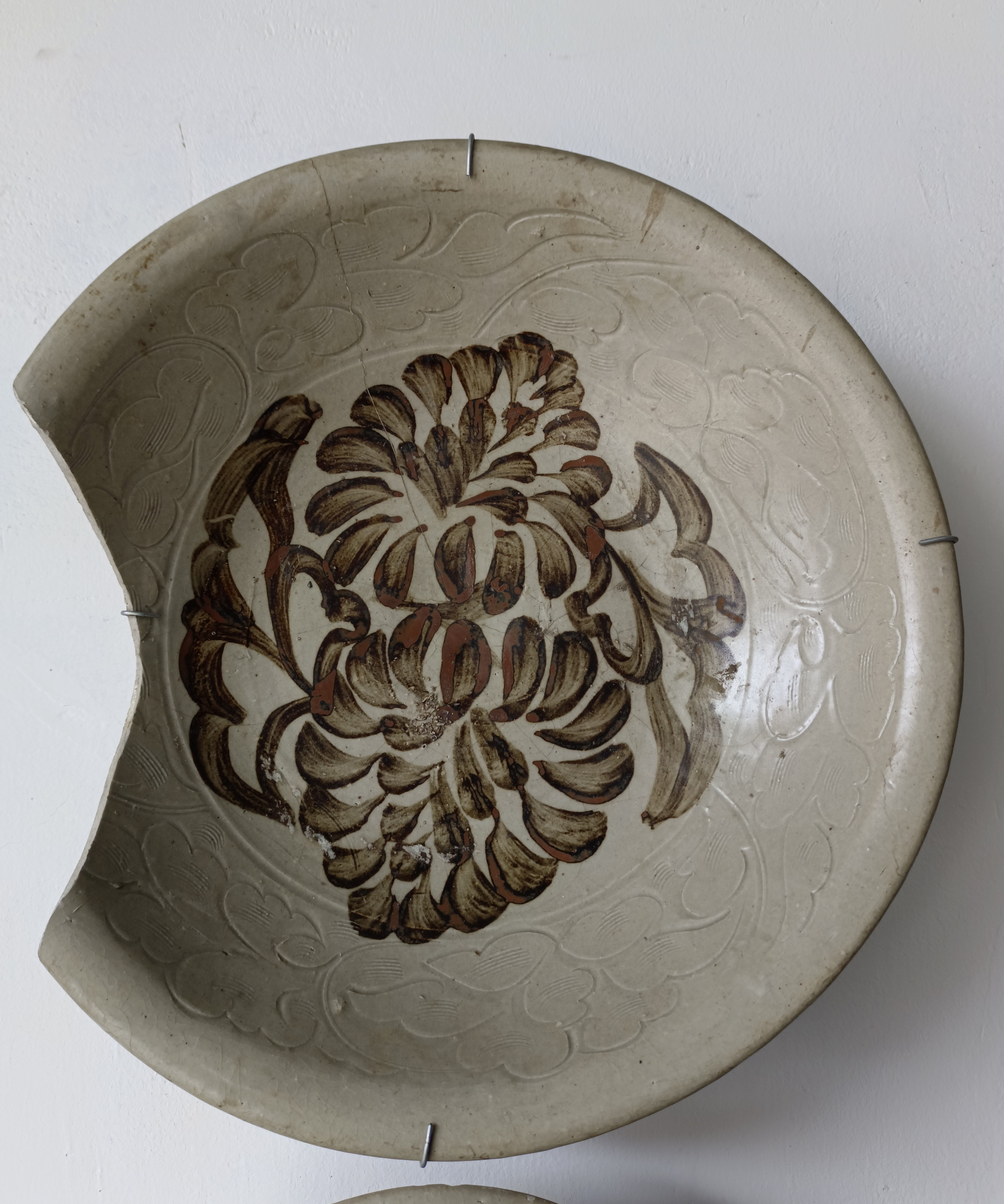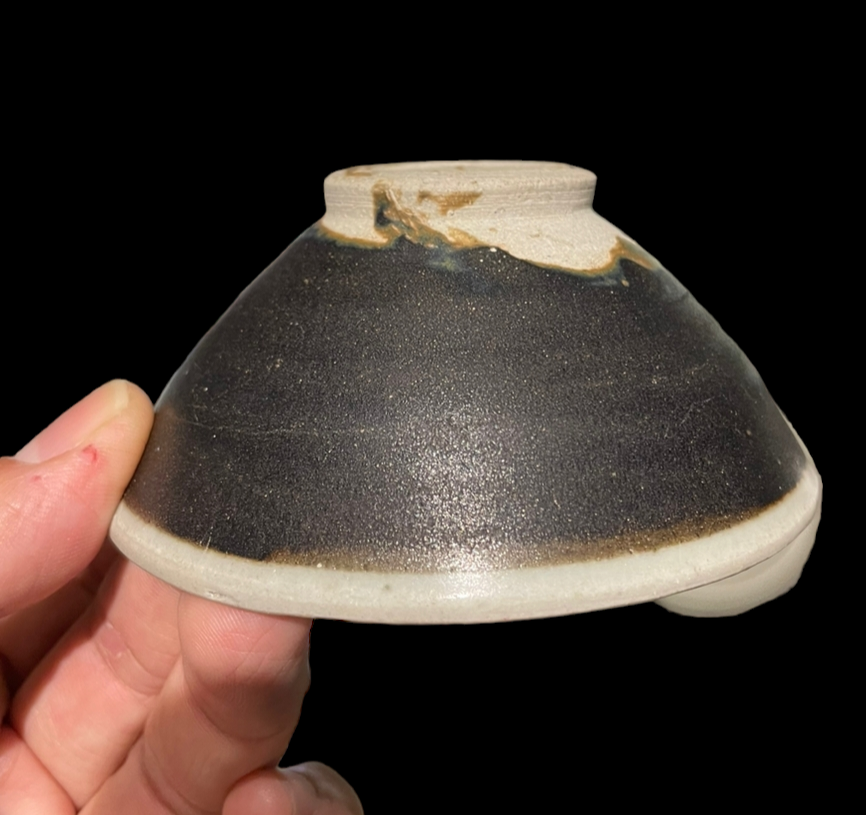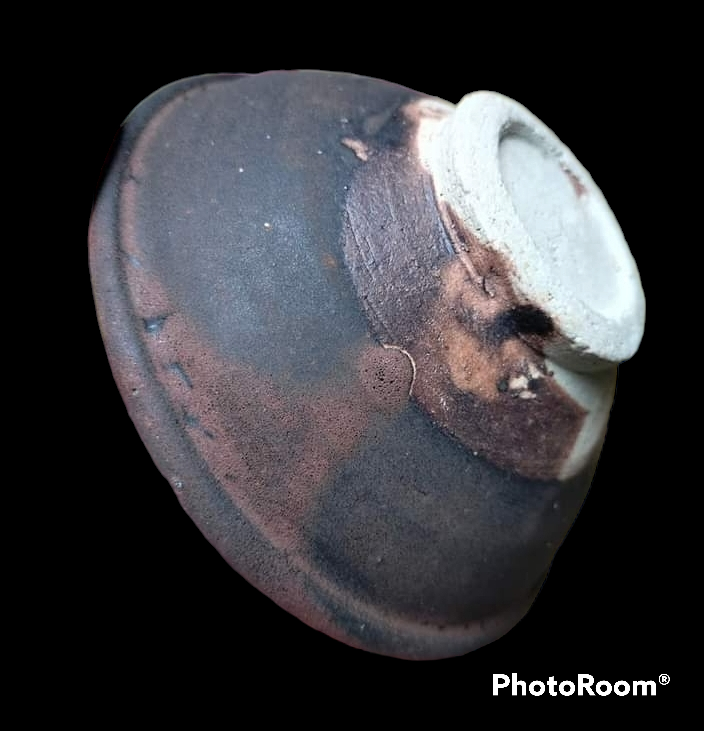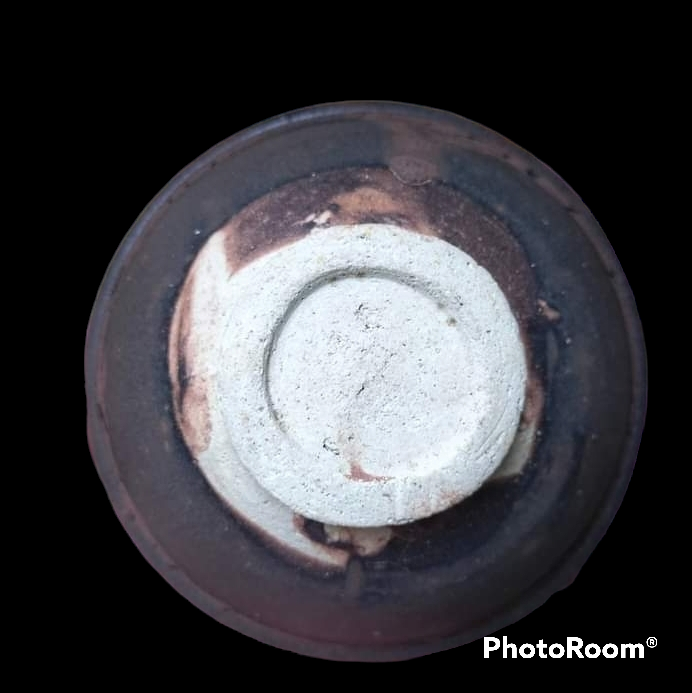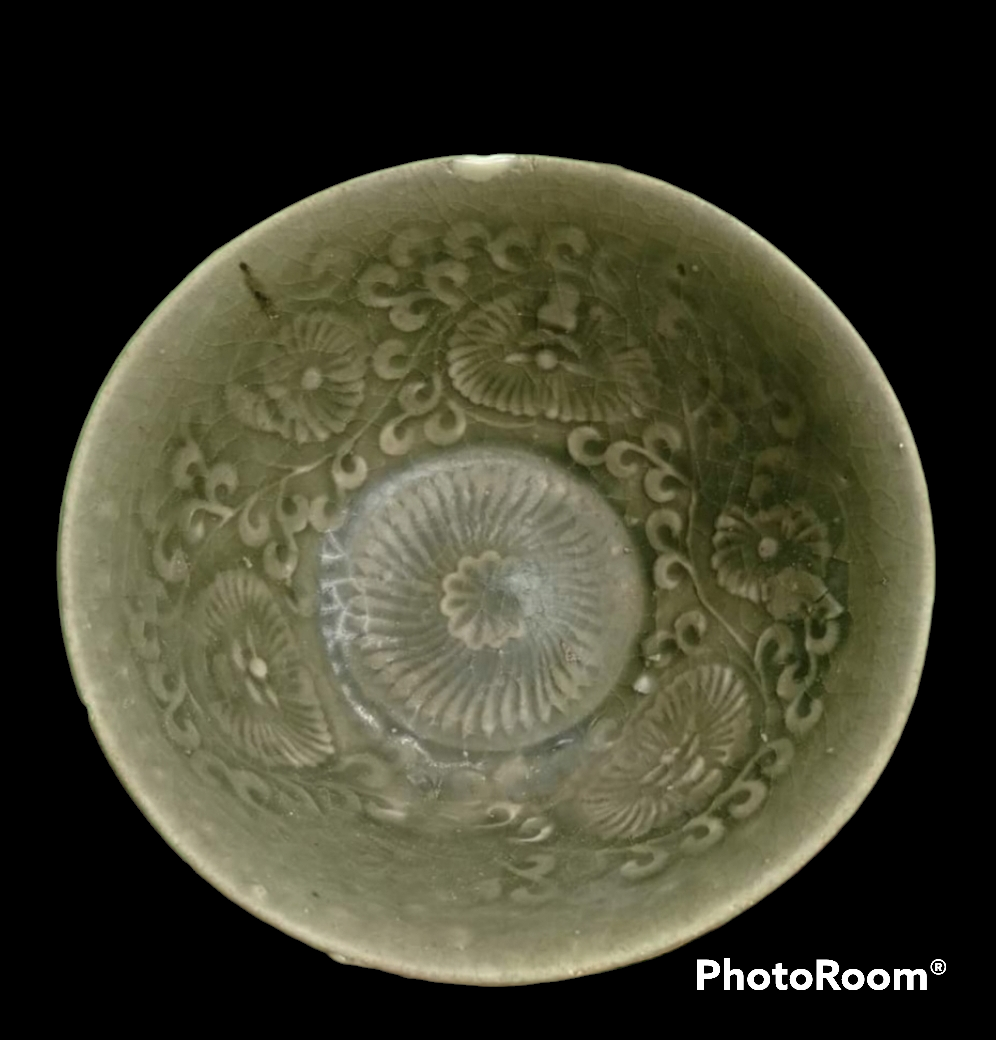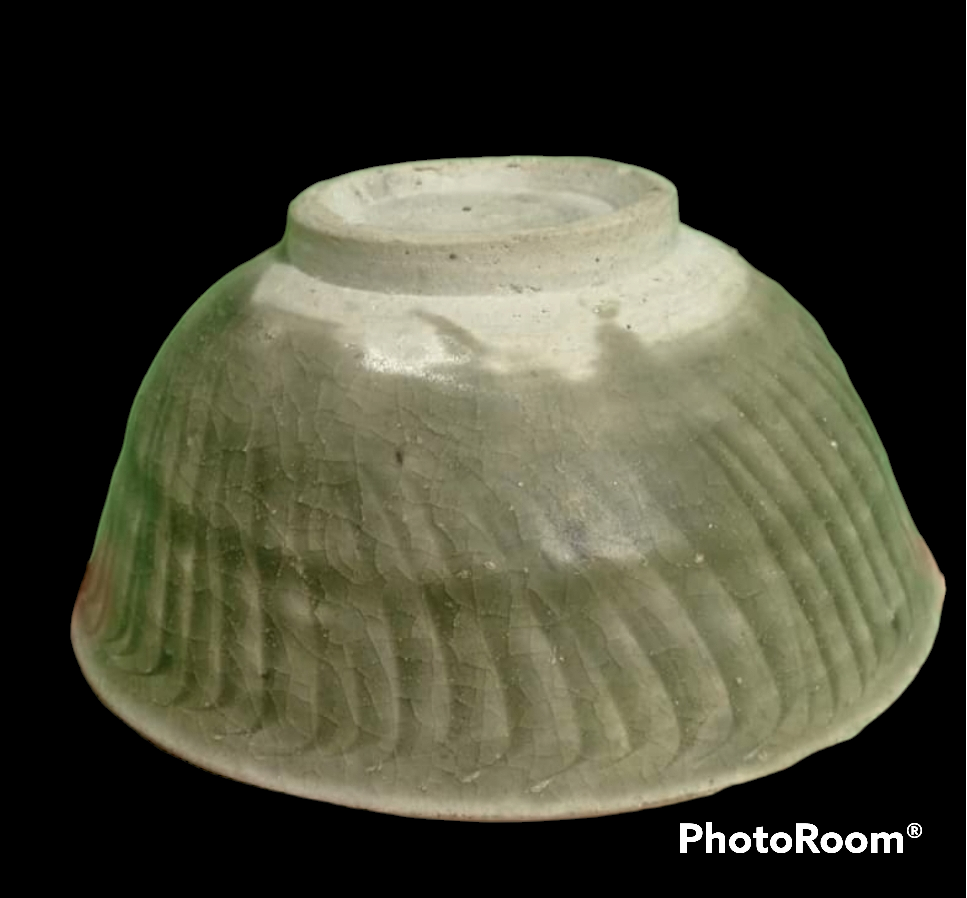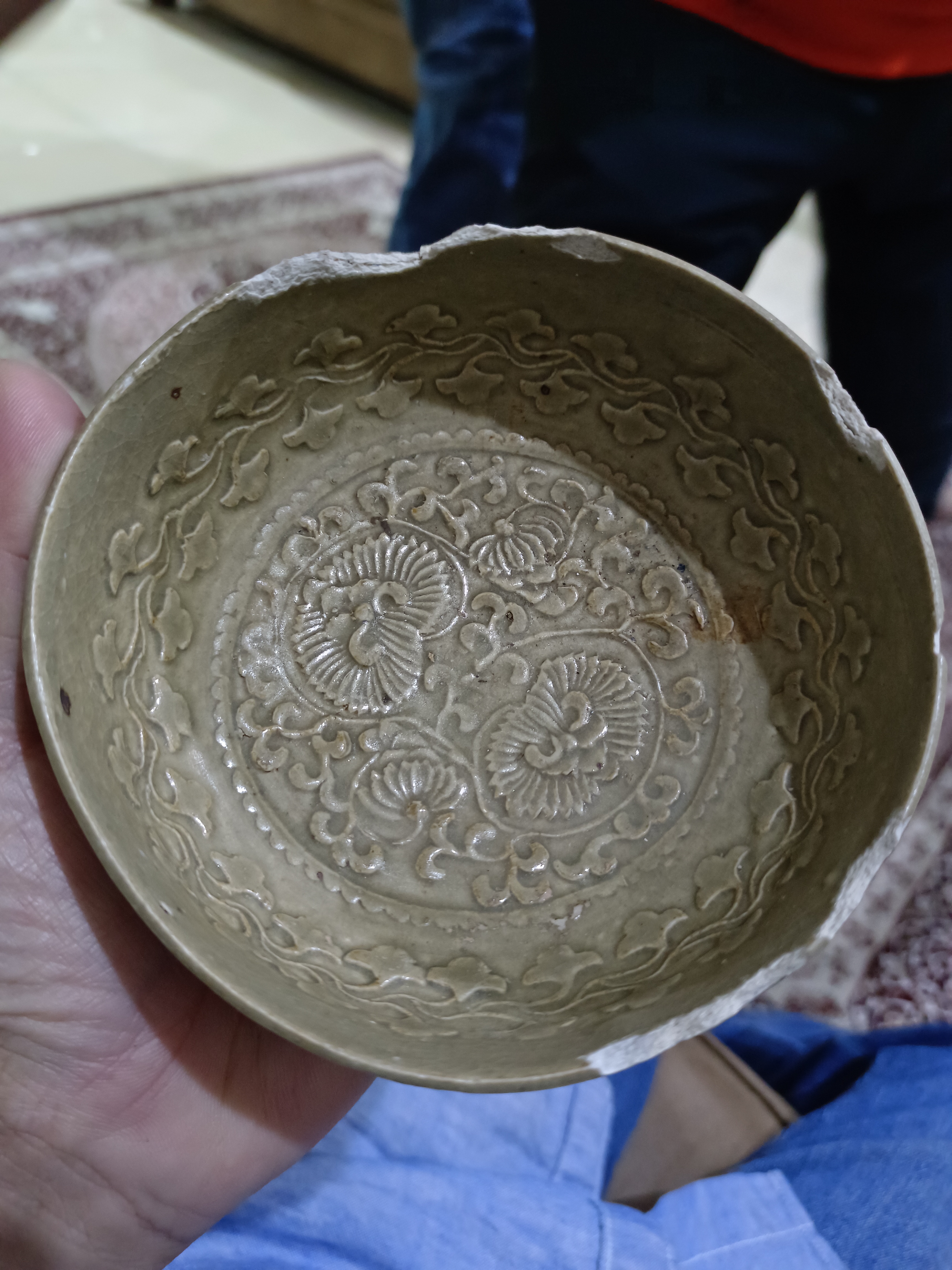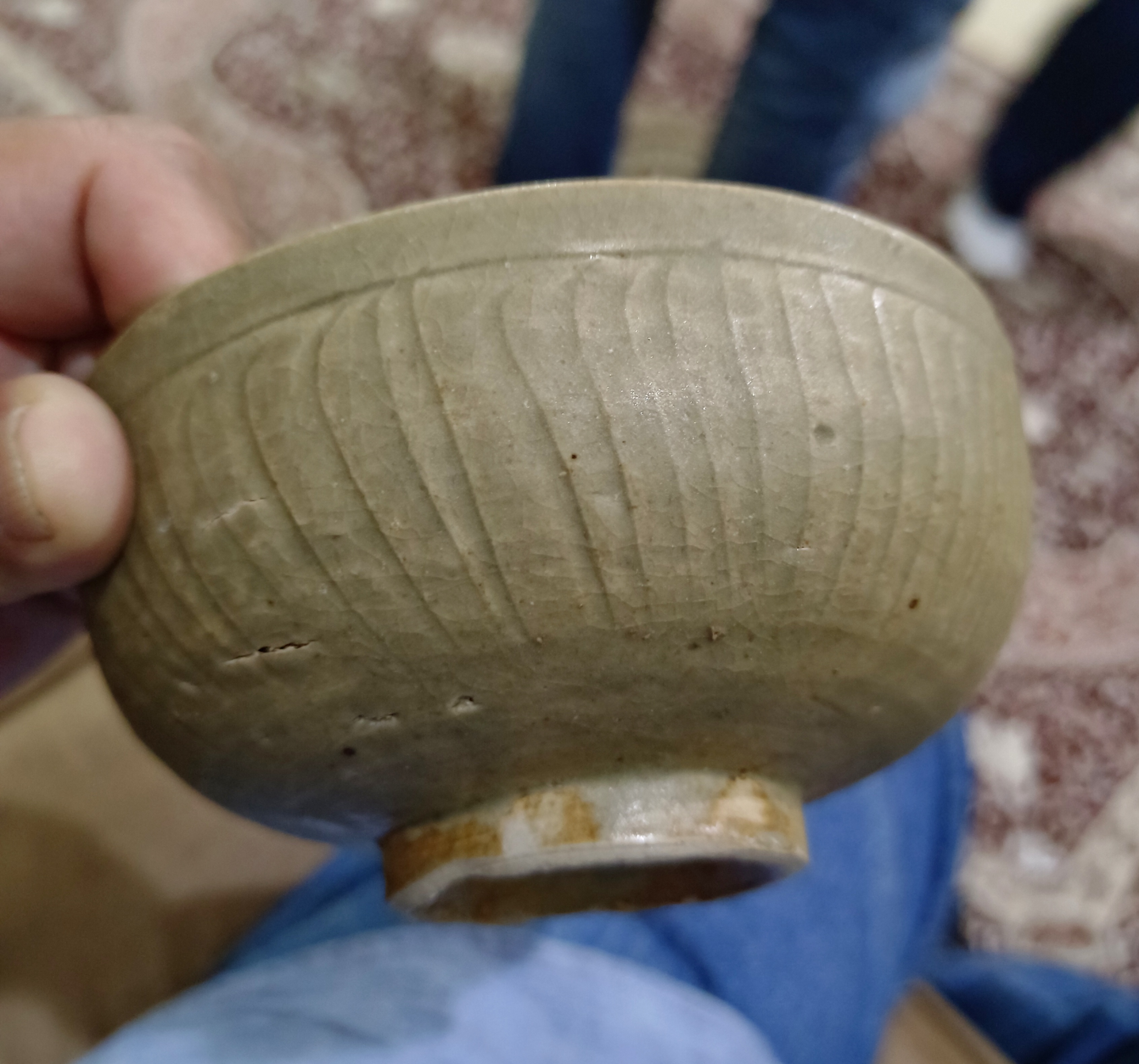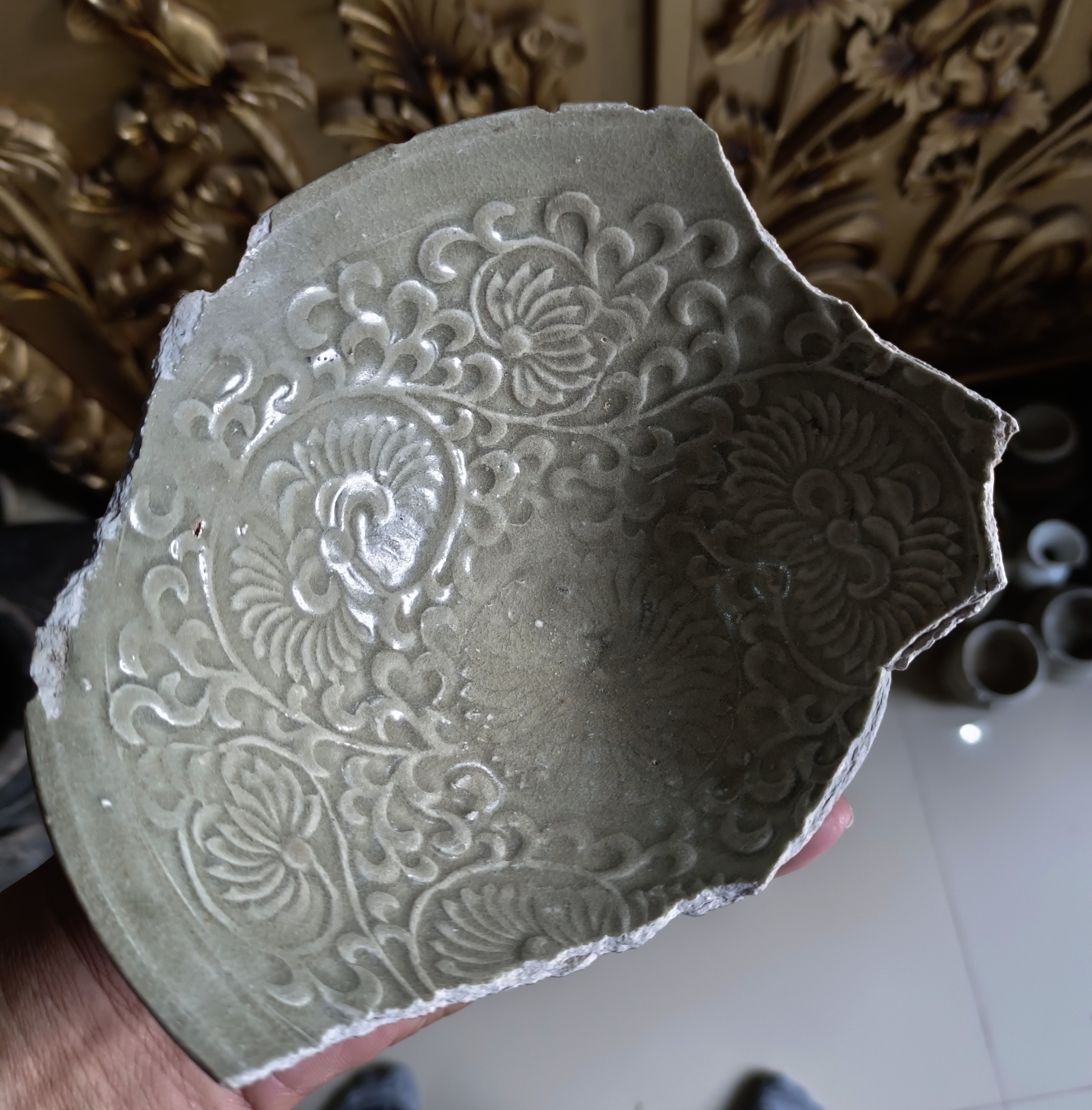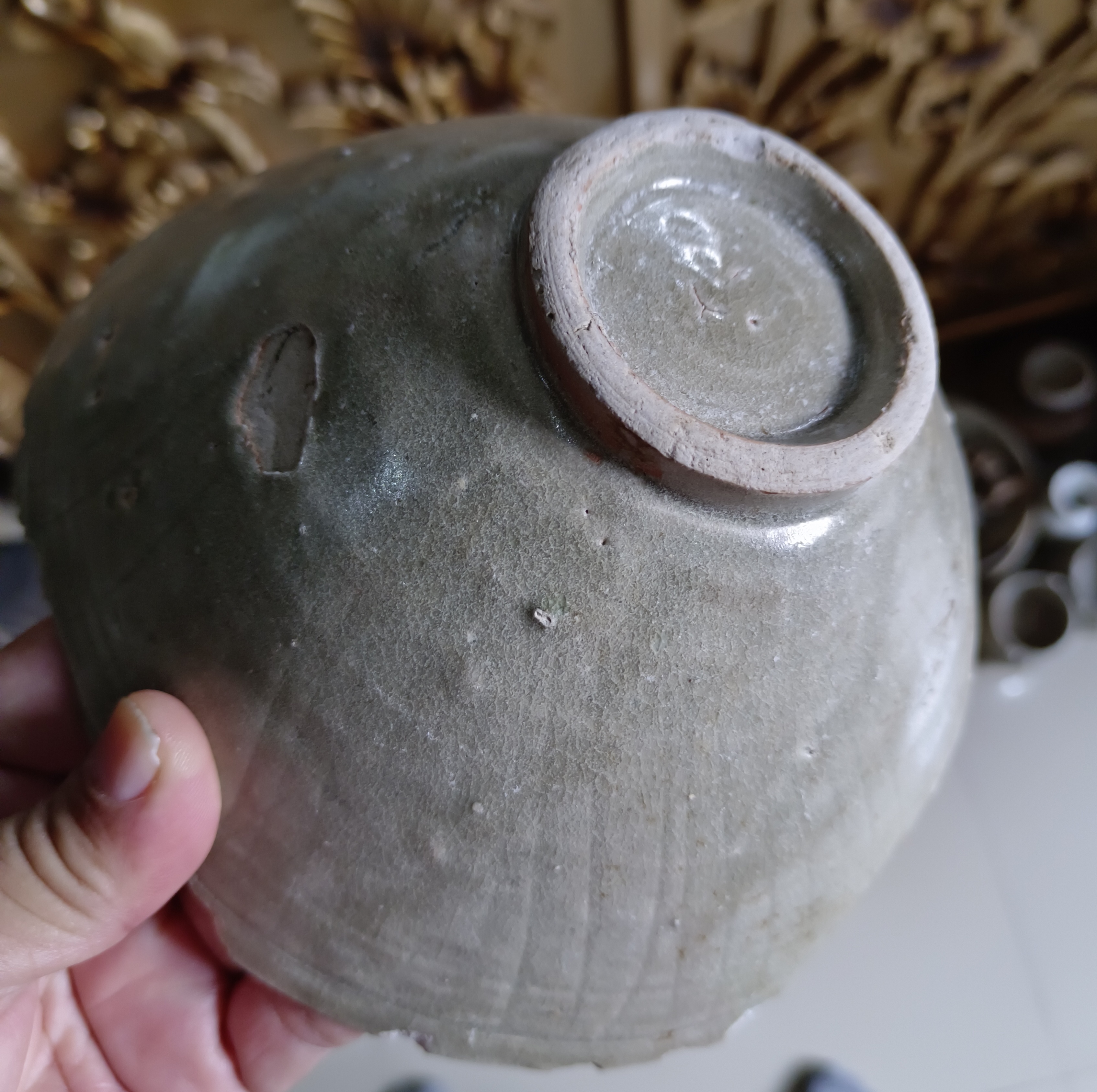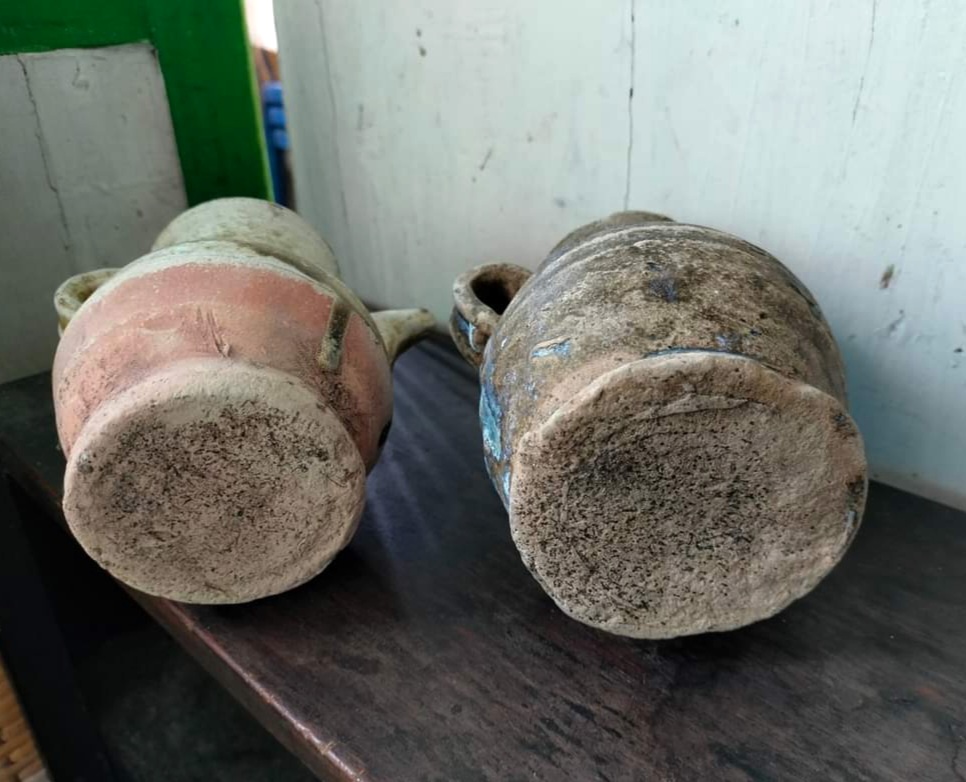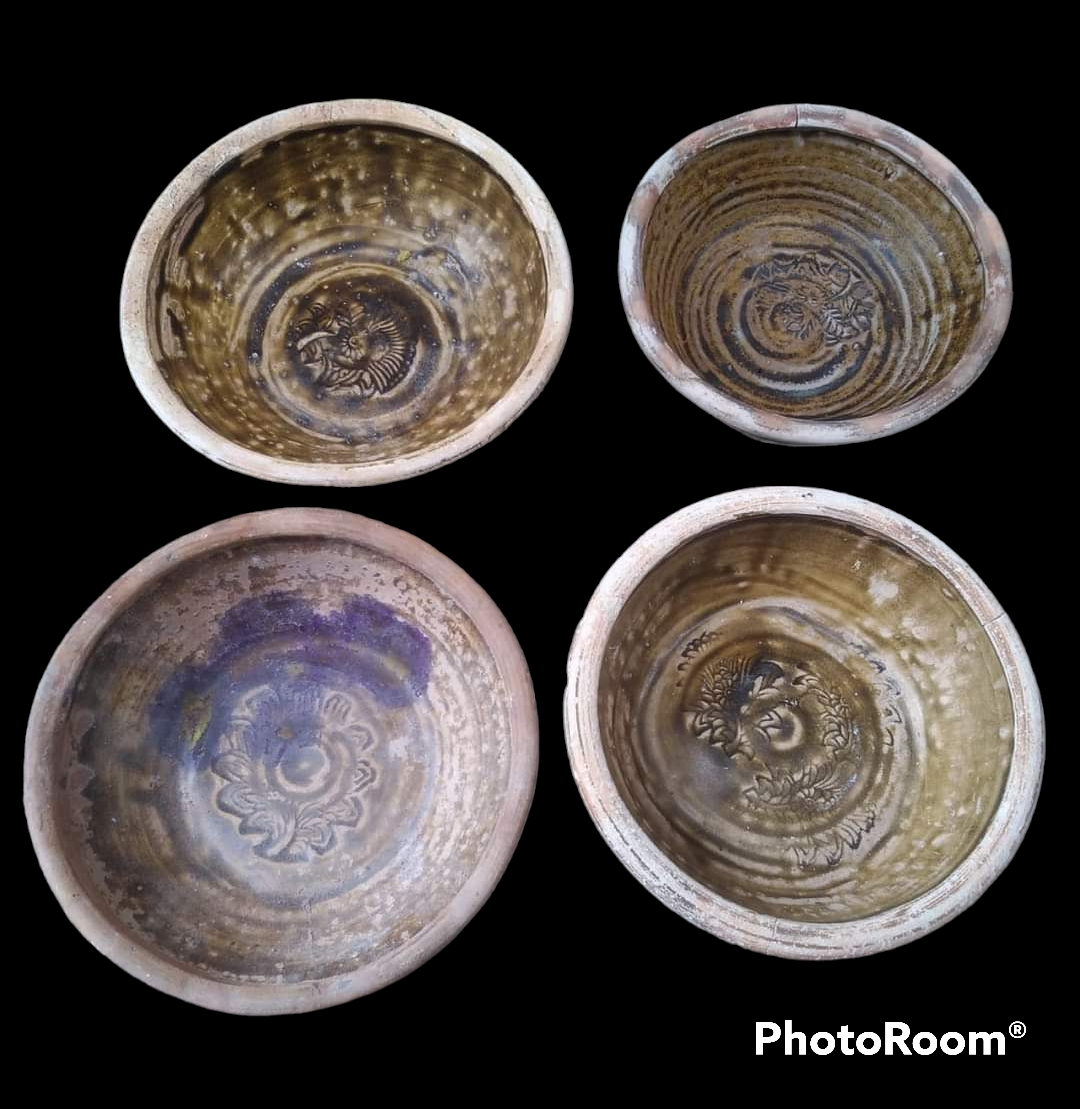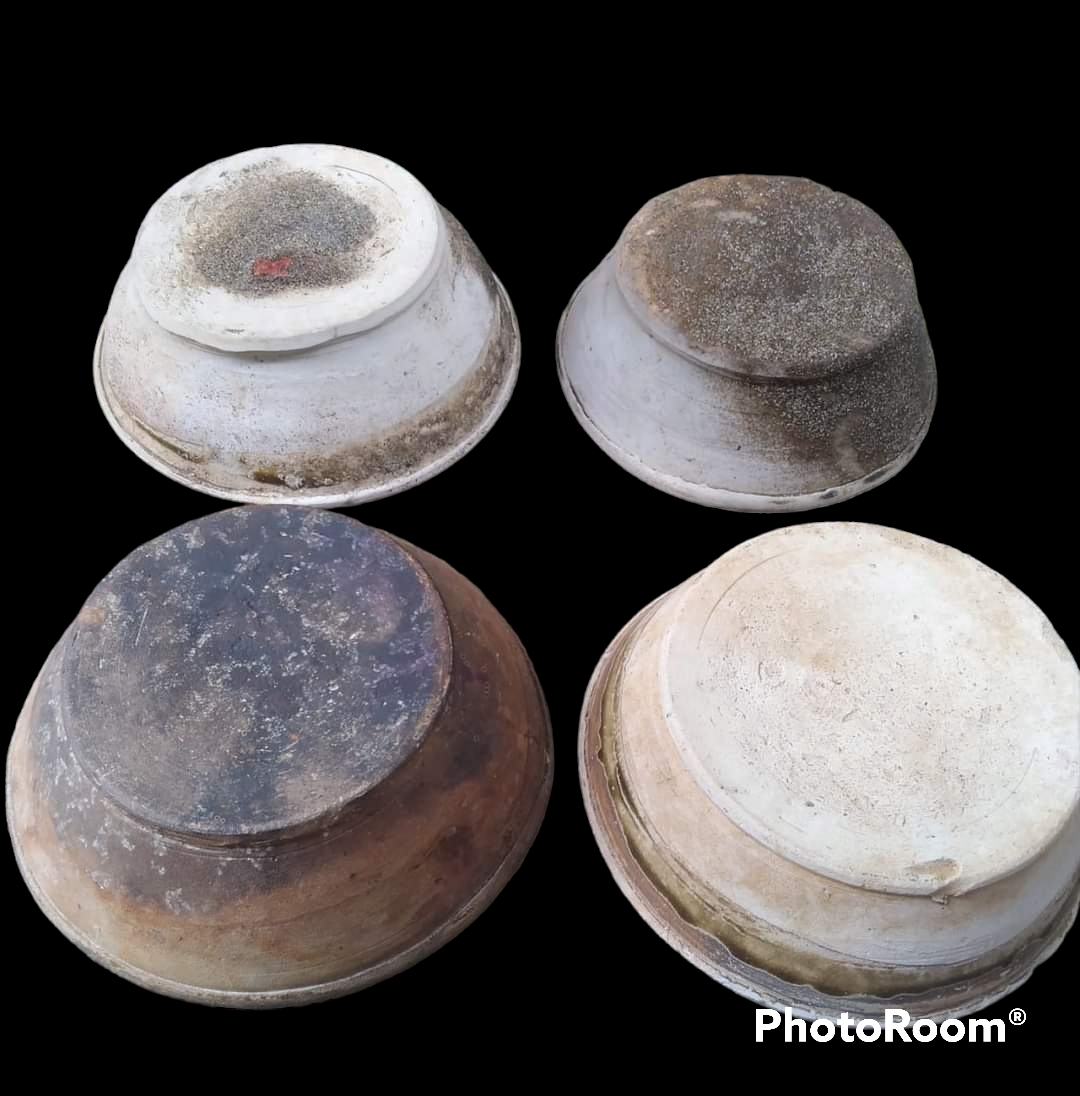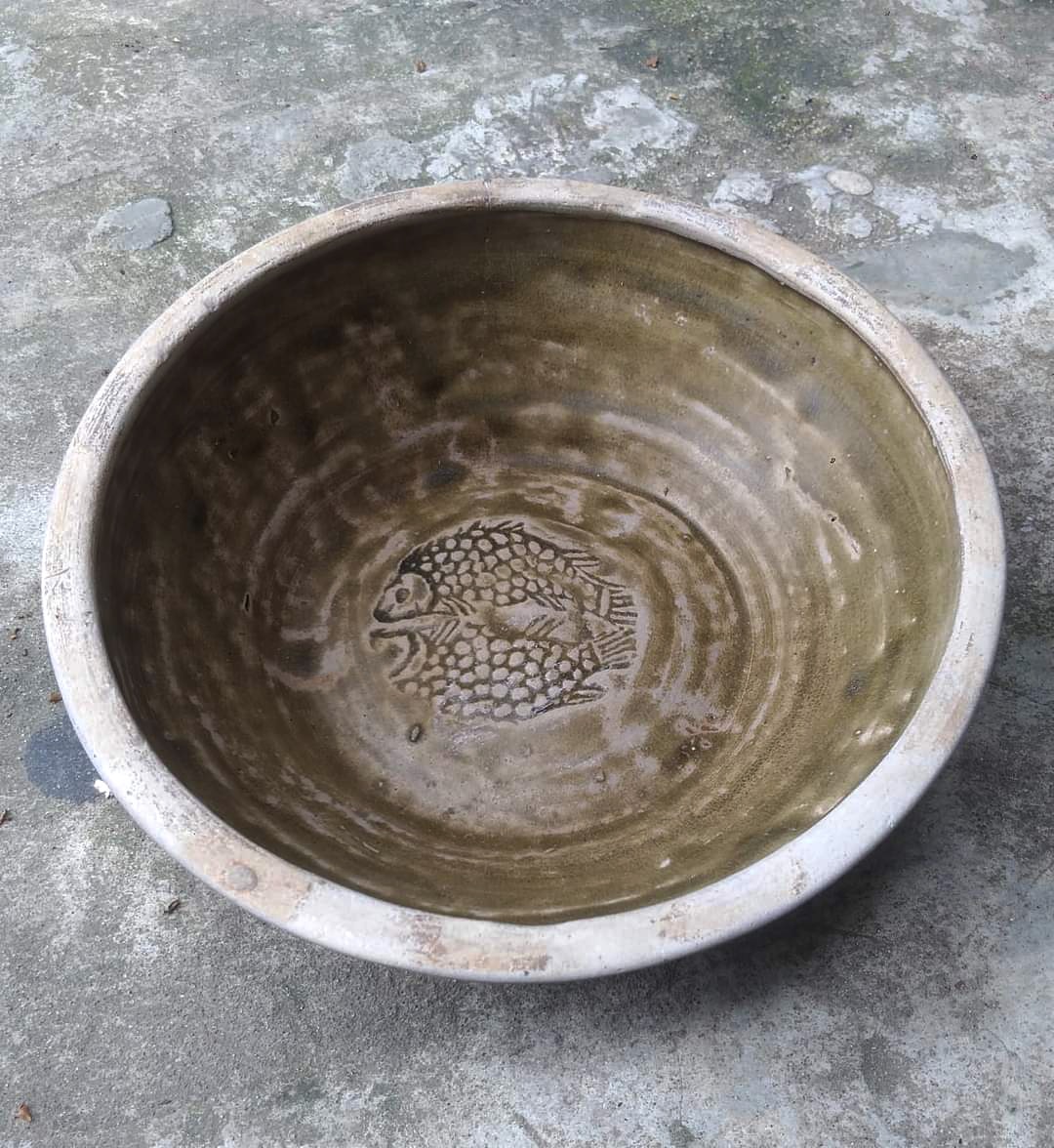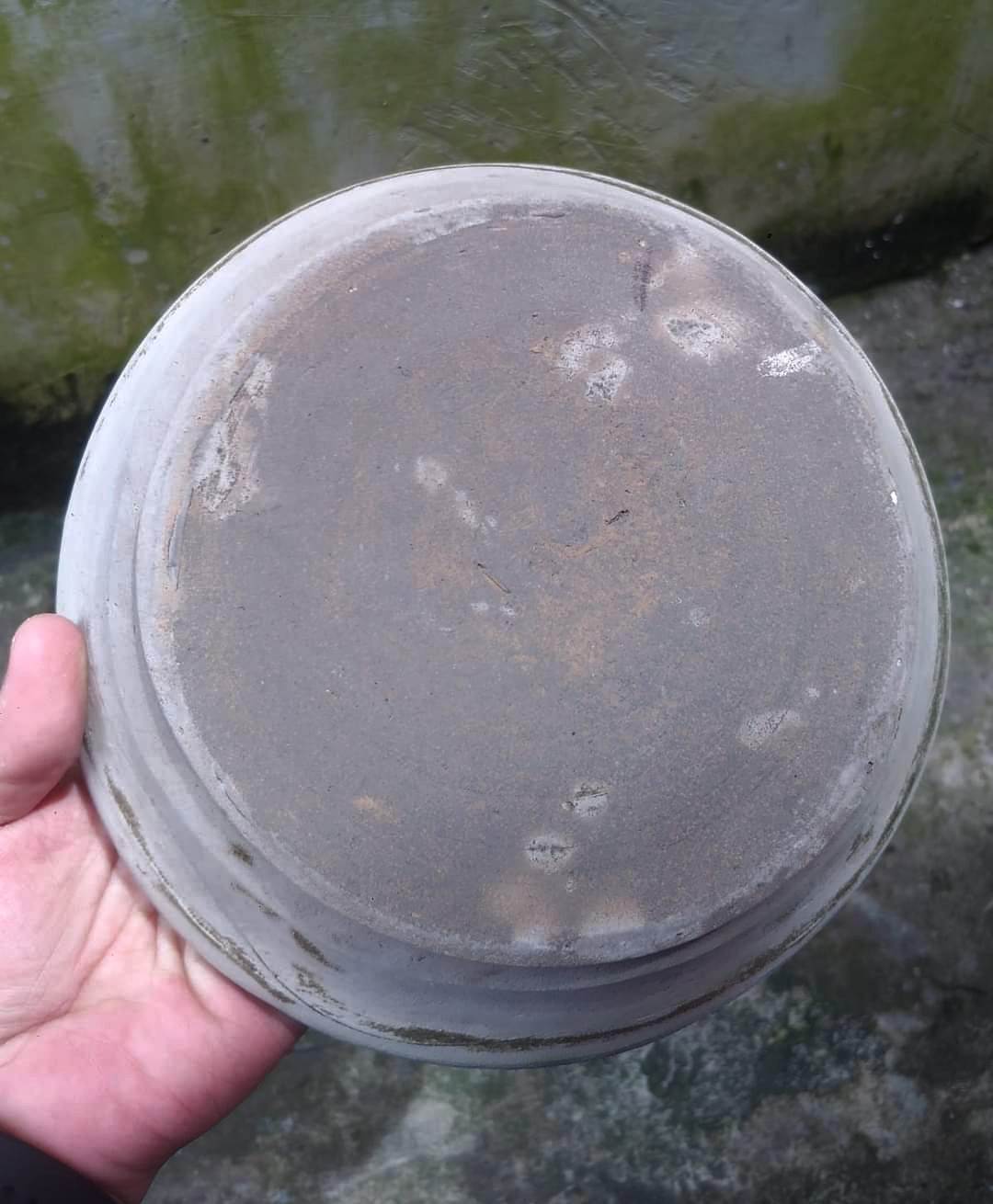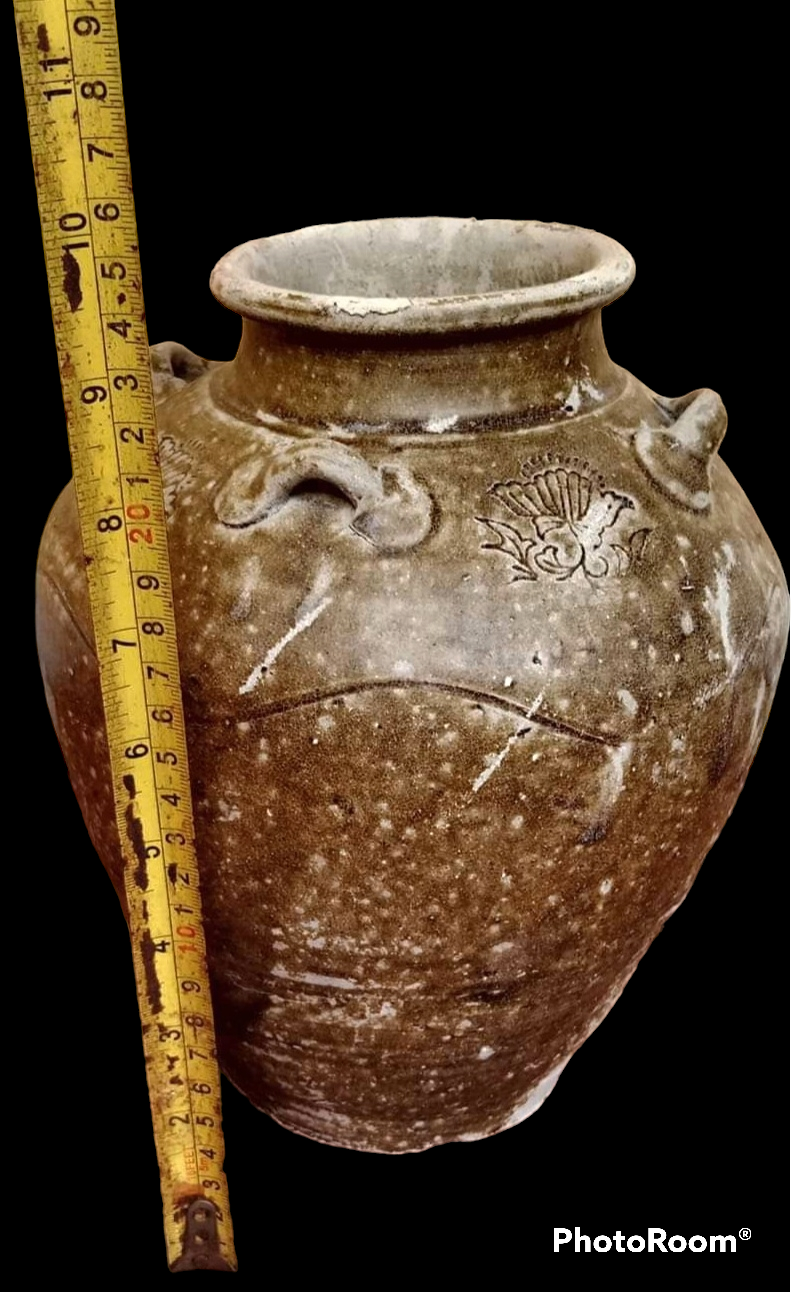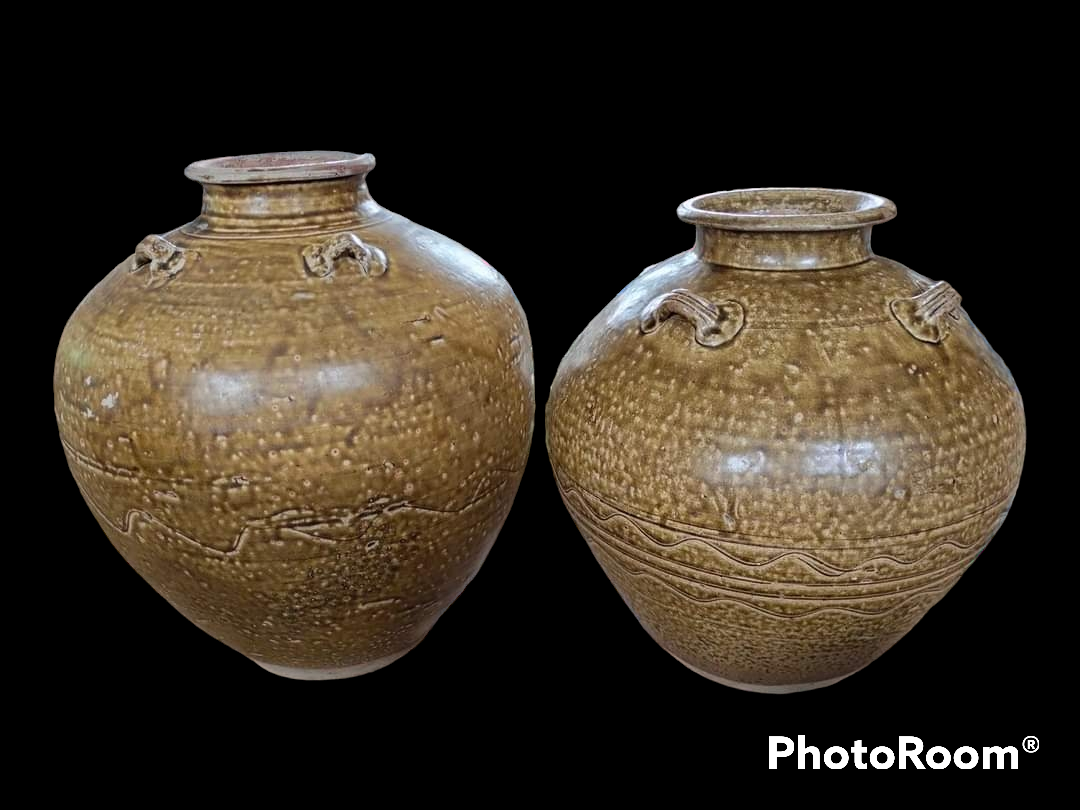By the mid of 11th century, Guangdong emerged as the key supplier with its comprehensive mix of green, white/Qingbai, brown glaze and iron-brown decorated wares. It was an apparent strategic shift towards diversification of production. During the Tang/5 Dynasties period, Guangdong kilns specialised in producing its distinctive green glaze wares. Xicun diversified range of products was a showcase of this new mode of operation. To a lesser extant Chaozhou Bi Jiashan kiln (笔架山窑 ) also adopted the same approach. From the finding from the kiln site survey and overseas findings, the bulk of Bi Jiashan products are Qingbai wares, with green and brown glaze wares constituting a small proportion. But undeniably, Bi Jia Shan had been relatively successful due to the quality of its products. The Nanhai Qishi (南海奇石) is notable for the production of brownish green glaze big storage jars. Among them, the three kilns produced literally all the major and typical types of Guangdong export wares found overseas. Needless to say, the export included products from other coastal kilns which were similar and base on current level of knowledge indistinguishable.
The success of Northern Song Guangdong trade ceramics epitomized by the products of Xicun kiln is not coincidental. It was a business model clearly different from the past. Prior to that, the traditional practice of the respective kiln was to focus on producing their unique range of ceramics, such as Yue green ware, Xing white ware, Changsha painted decoration ware and etc. In the case of Guangdong, since the Tang Dynasty, the kilns had been producing green ware with its characteristically runny, patchy snake skin-like physical appearance. During Northern Song , the Guangdong kiln operators decided to adopt a different business strategy and diversify into production of various types of products of successful past and contemporary kilns from other provinces. Hence, they introduced iron-brown painted decoration ware which drew on the past reputation of Changsha and Xing type white ware with thickened rim reminiscent of Xing ware. Both types were apparently very successful as witnessed by the large volume in the shipwreck cargoes. Yue green ware with its international brand name tracing all the way to Tang period was another obvious target. Two important new emerging categories, Qingbai ware of Jingdezhen and Yaozhou green ware with molded decoration were the rising stars. Xicun and other Guangdong kiln operators were quick to recognize the potential of these ranges of products and incorporated them into their product mix.
Guangdong kilns Pheonix Head , Fish shaped And Human shaped Ewers
From shipwreck sources, the Lingga wreck is particularly important for understanding the Guangdong ceramics trade. The marine archaeologist Dr Michael Flecker was able to visit the salvage company and carry out a study of the cargo from the Lingga wreck. The cargo consisted of mainly Guangdong ceramics from Xicun and some from Chaozhou Bi Jiashan kiln. However, the iconic Xicun phoenix head ewers were not among the finds. Besides the Xicun grayish green version, some qingbai and brown glaze versions were recovered from Batang Kumpeh. It should be noted that Xicun grayish green glaze is likely inspired by the Yue green glaze. Although there were other kilns such as those from Fujian Jiangle, Jingdezhen and Anhui Fanchang that produced such ewers, those from Guangdong have their unique characteristics.
Another interesting form was the fish-shaped qingbai ewer produced in Chaozhou Bi Jiashan kiln.
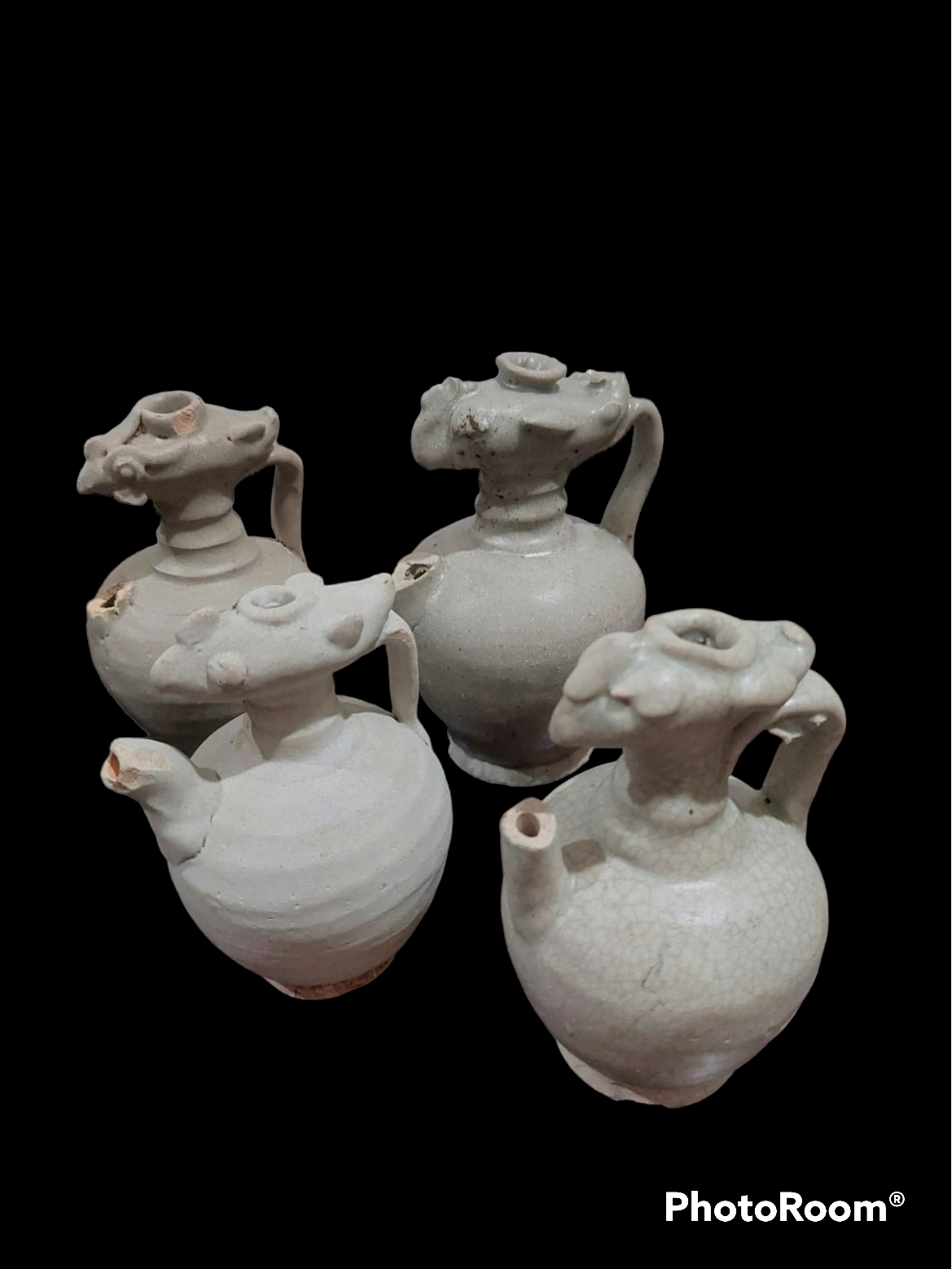 |
|
| Xicun kiln grayish green glaze phoenix head ewers | |
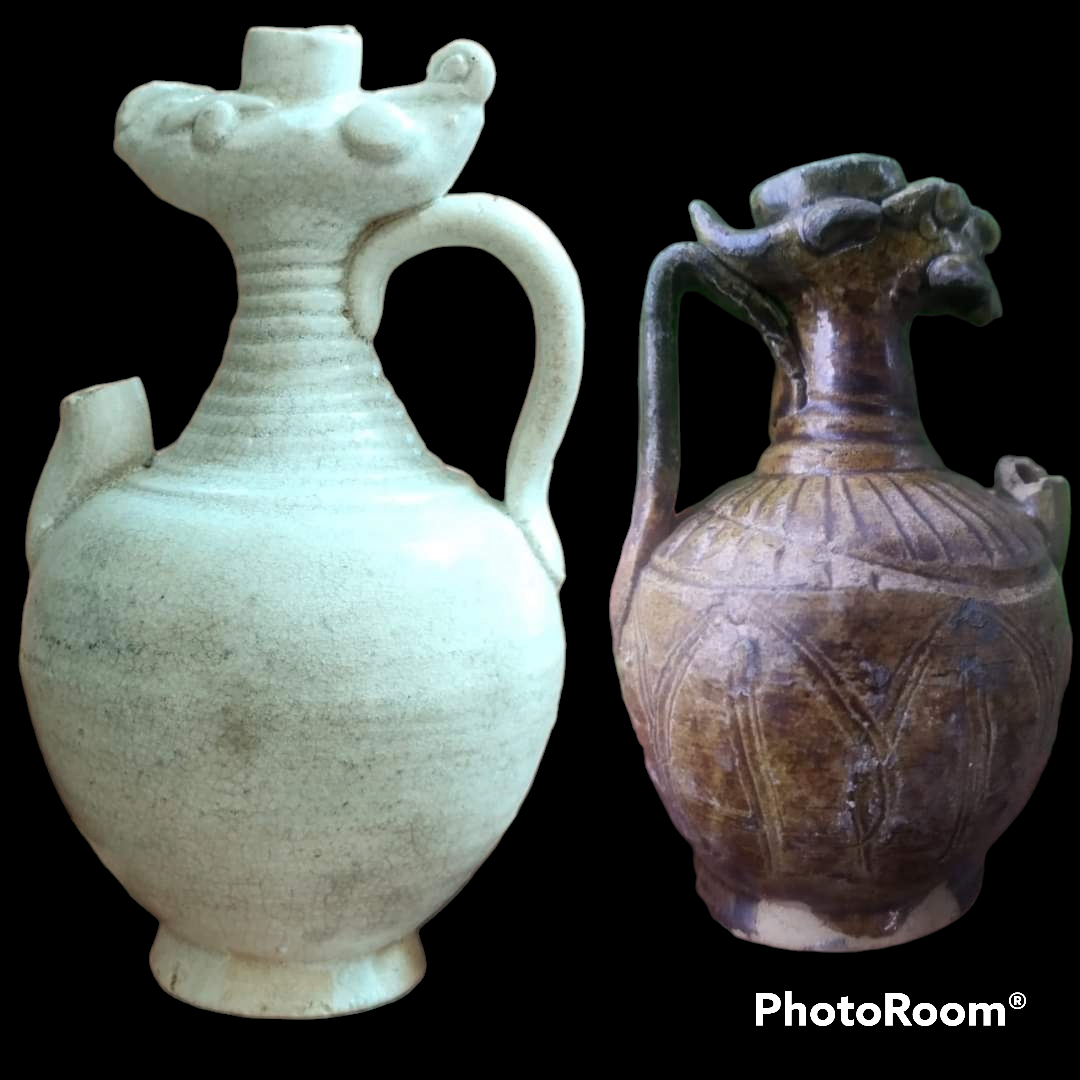 |
|
| Chaozhou Bi Jiashan Qingbai and XicunYellowish glaze phoenix head ewer | |
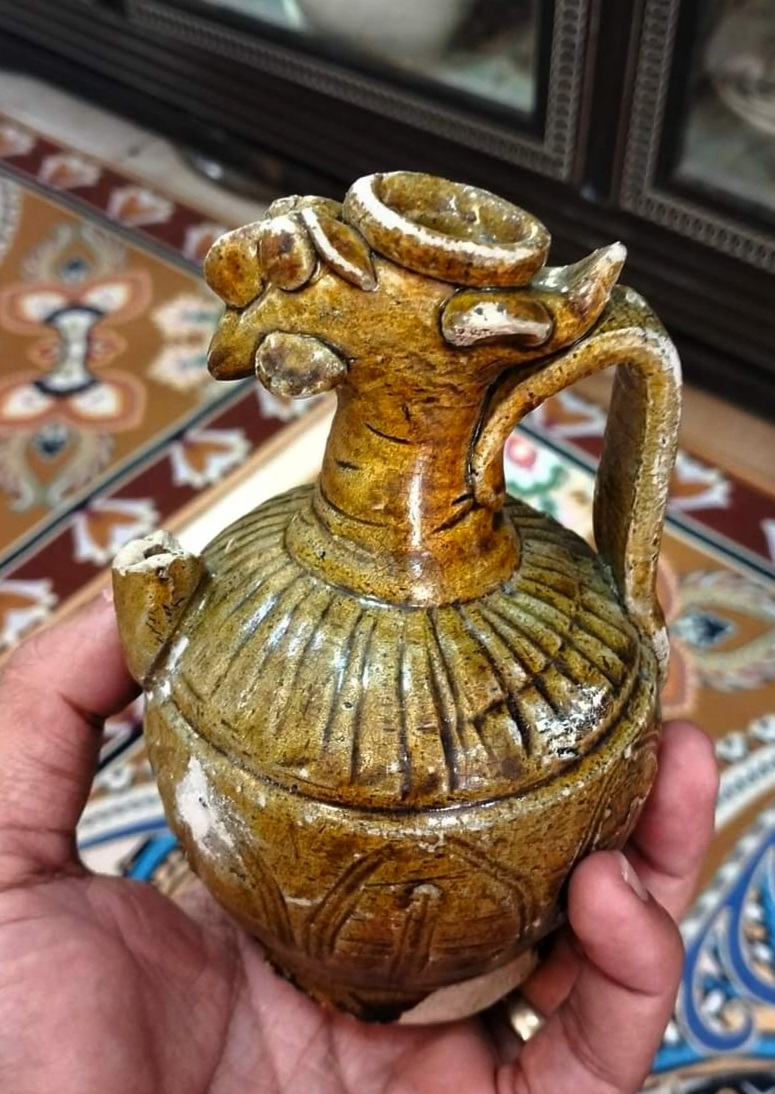 |
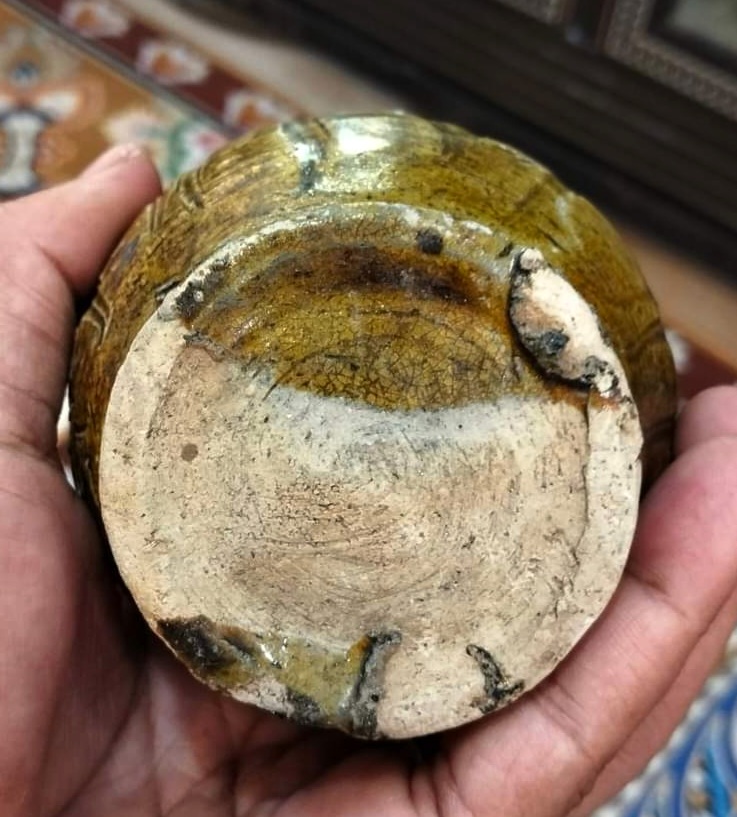 |
| An interesting amber lead glaze Xicun phoenix head ewer | |
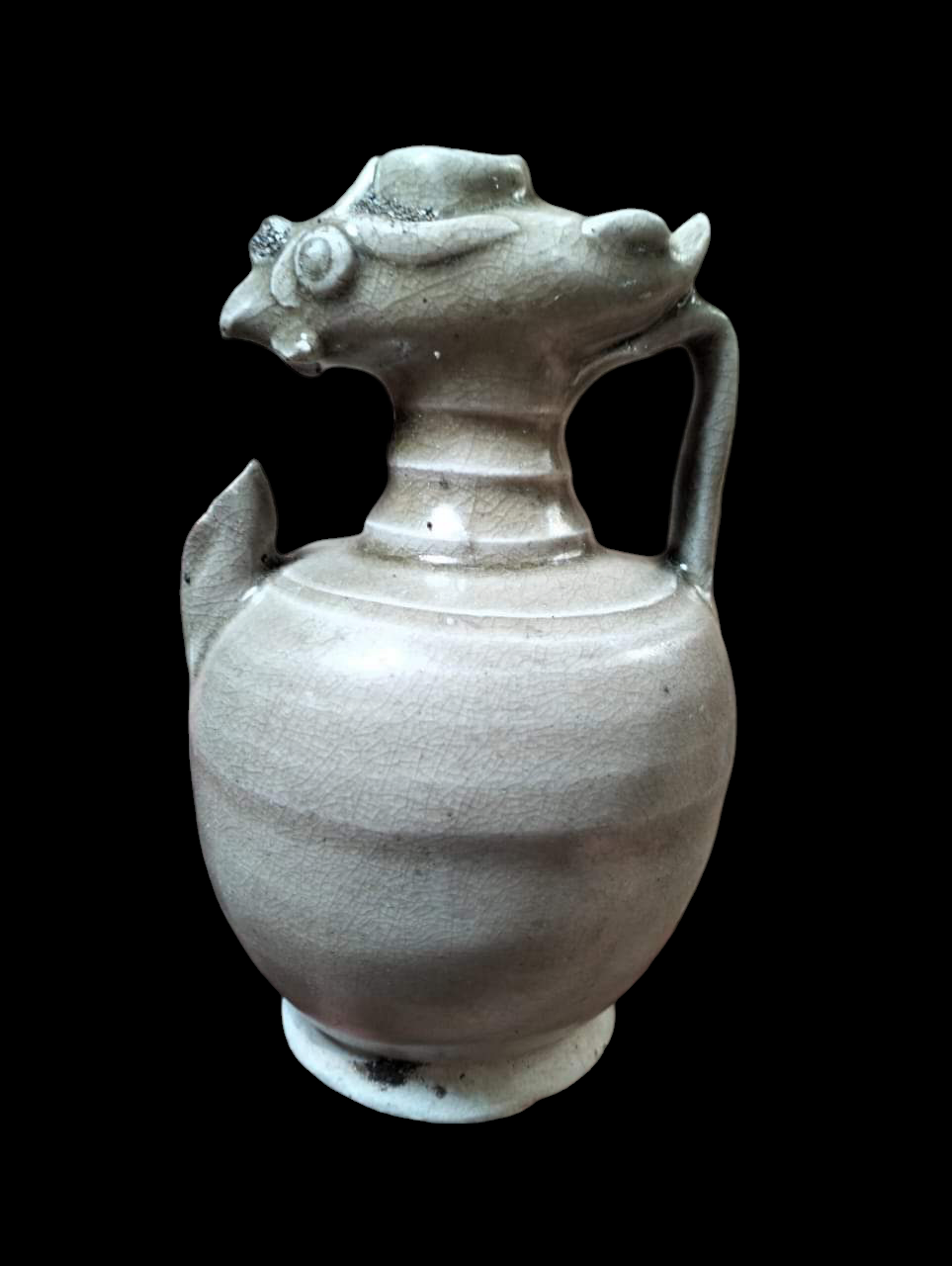 |
|
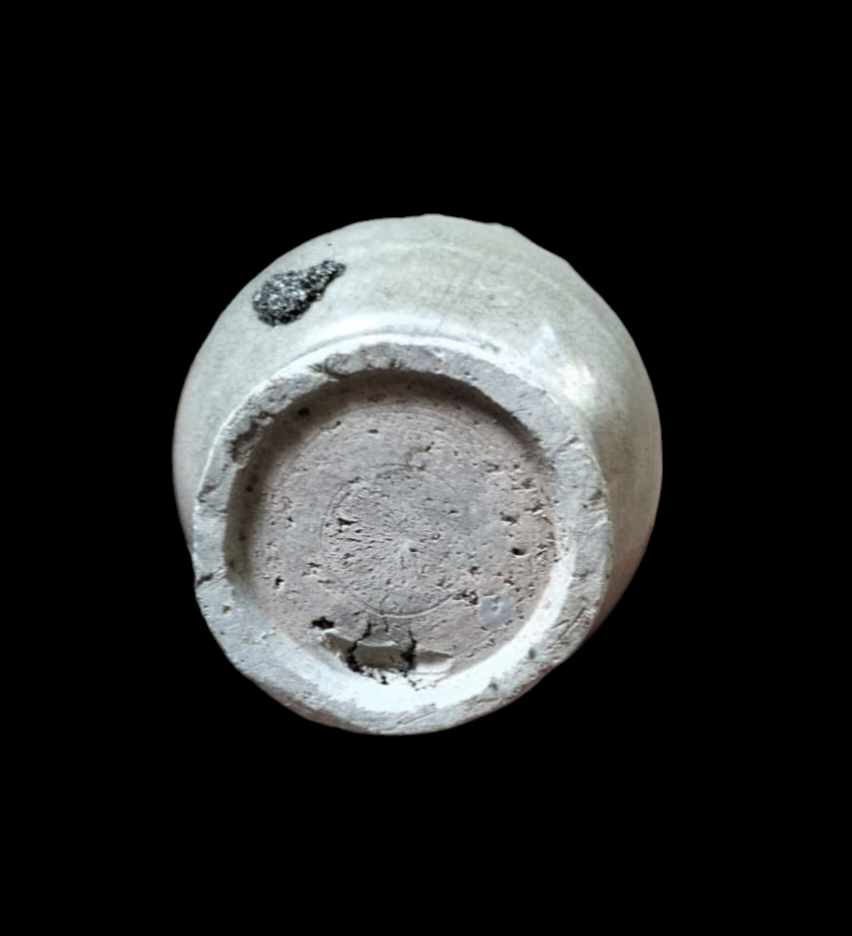 |
|
| Xicun kiln green glaze phoenix head ewer | |
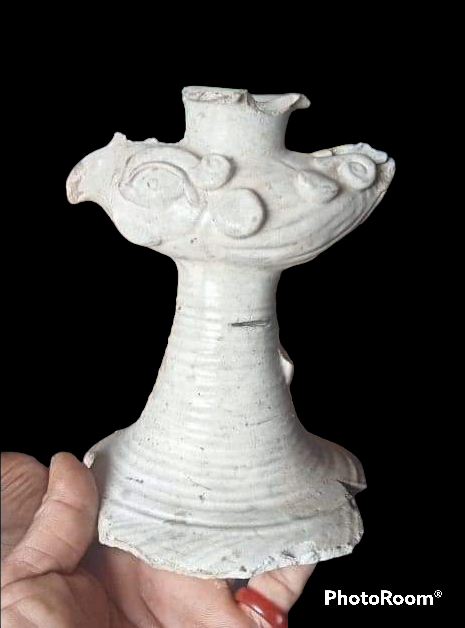 |
|
| Fragment of a Qingbai Phoenix head ewer, unlikely from Bi Jiashan kiln | |
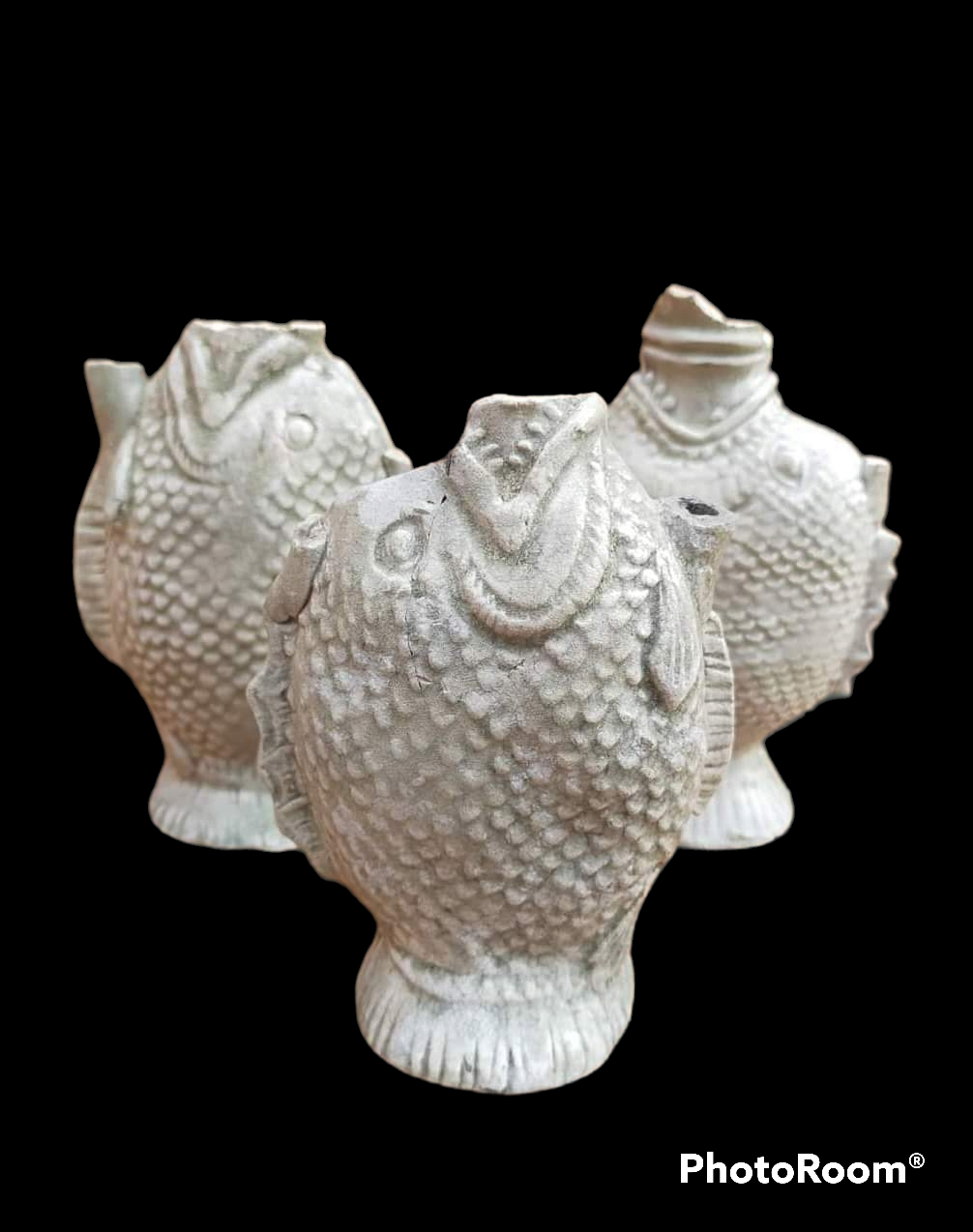 |
|
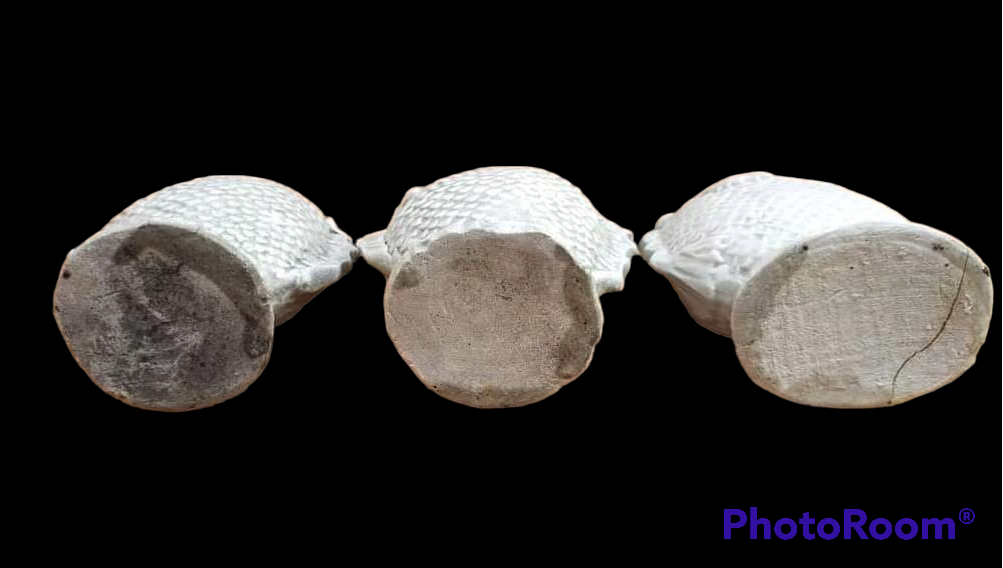 |
|
| Chaozhou Bi Jishan fish shaped qingbai ewers | |
There is also a piece of interesting broken human shaped ewer with missing head. Judging from the slightly milky white cast of the qingbai glaze, it is probably from the Chaozhou Bi Jiashan kiln. Besides human shaped ewers, the kiln also produced unique Buddha statues.
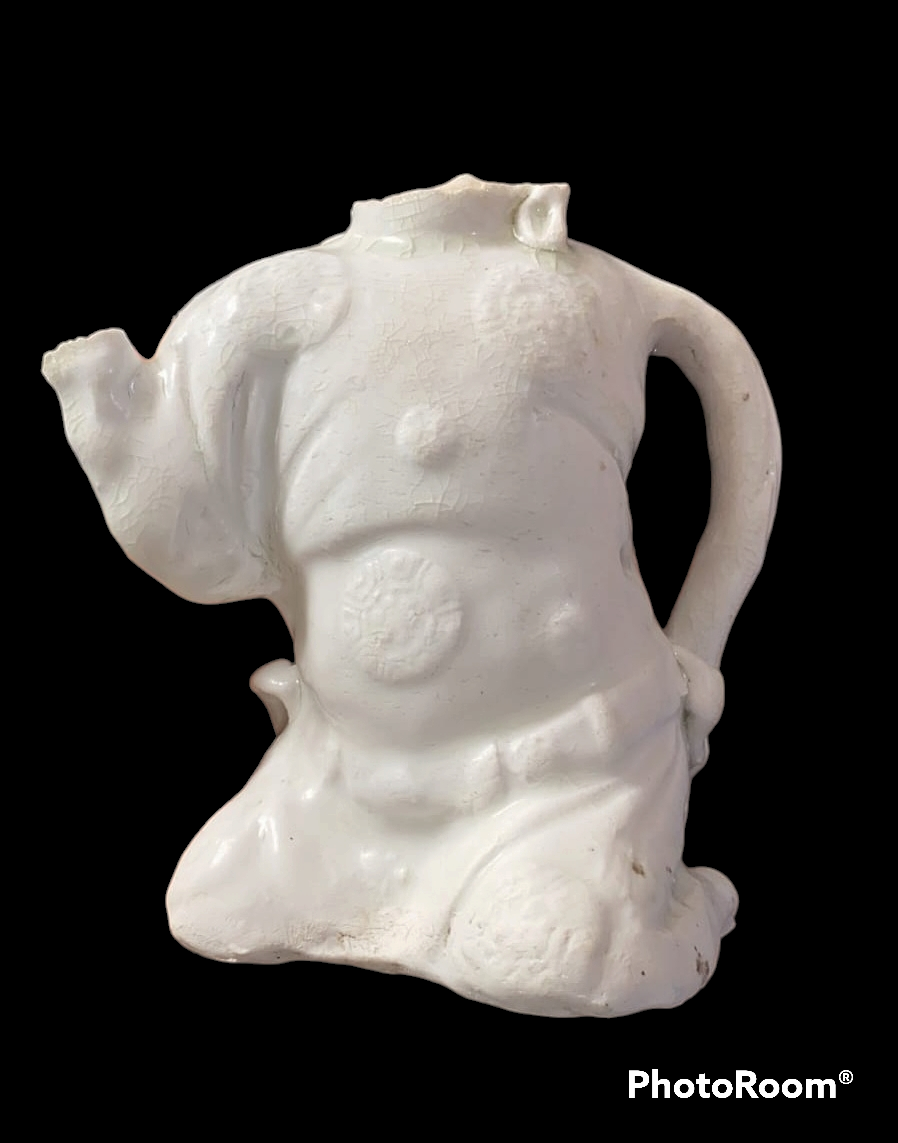 |
||
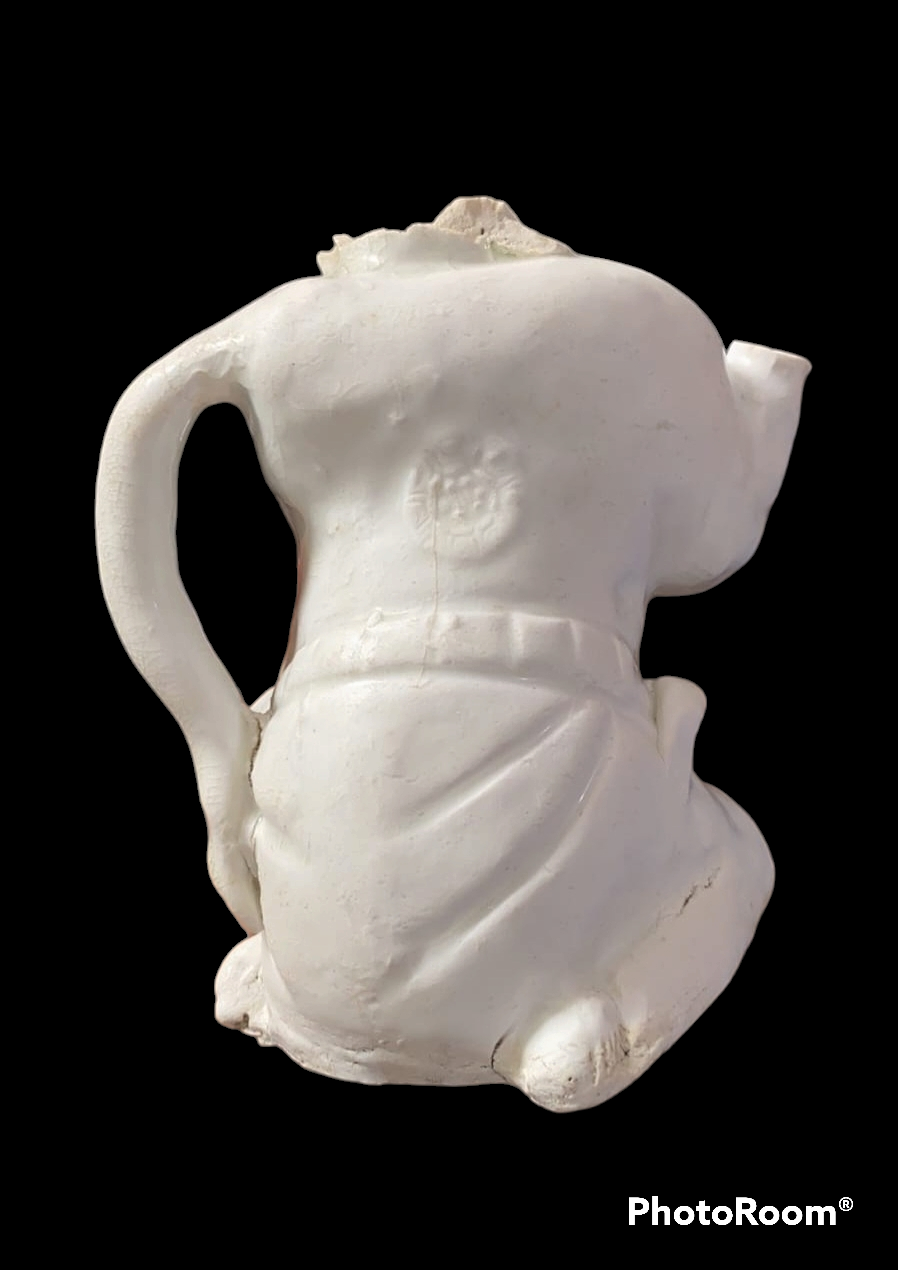 |
||
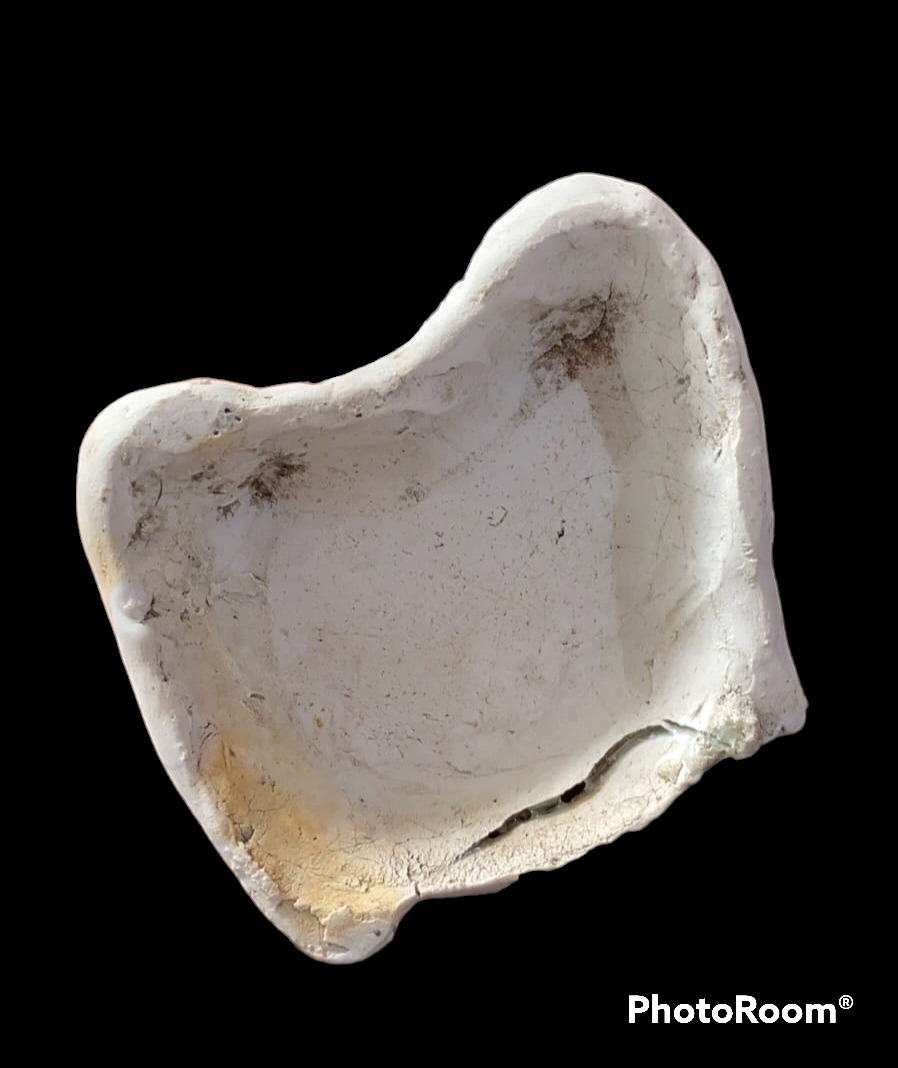 |
||
Another interesting form recovered is a Qingbai human shaped water dropper with missing spout and broken opening for filling water.
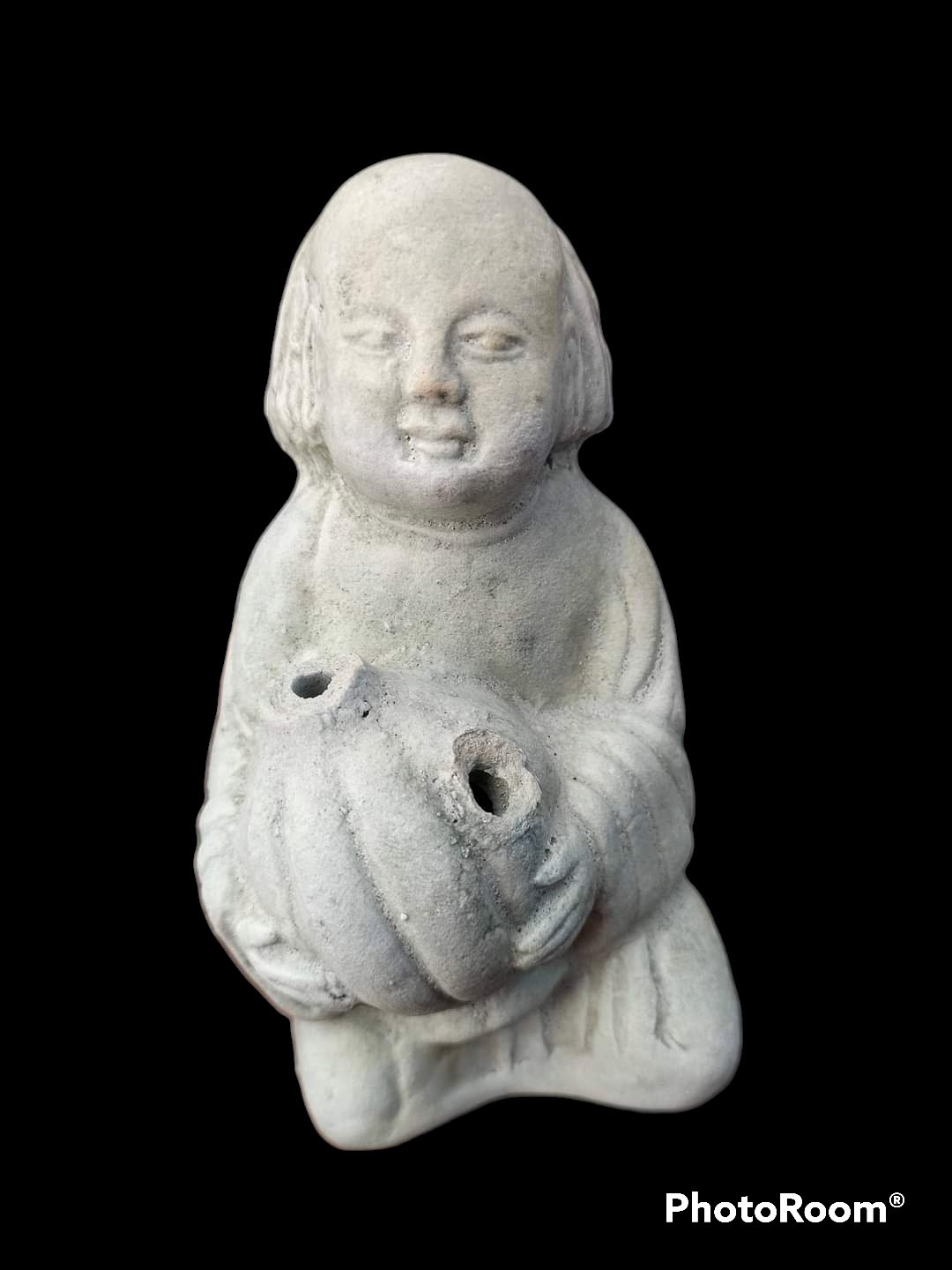 |
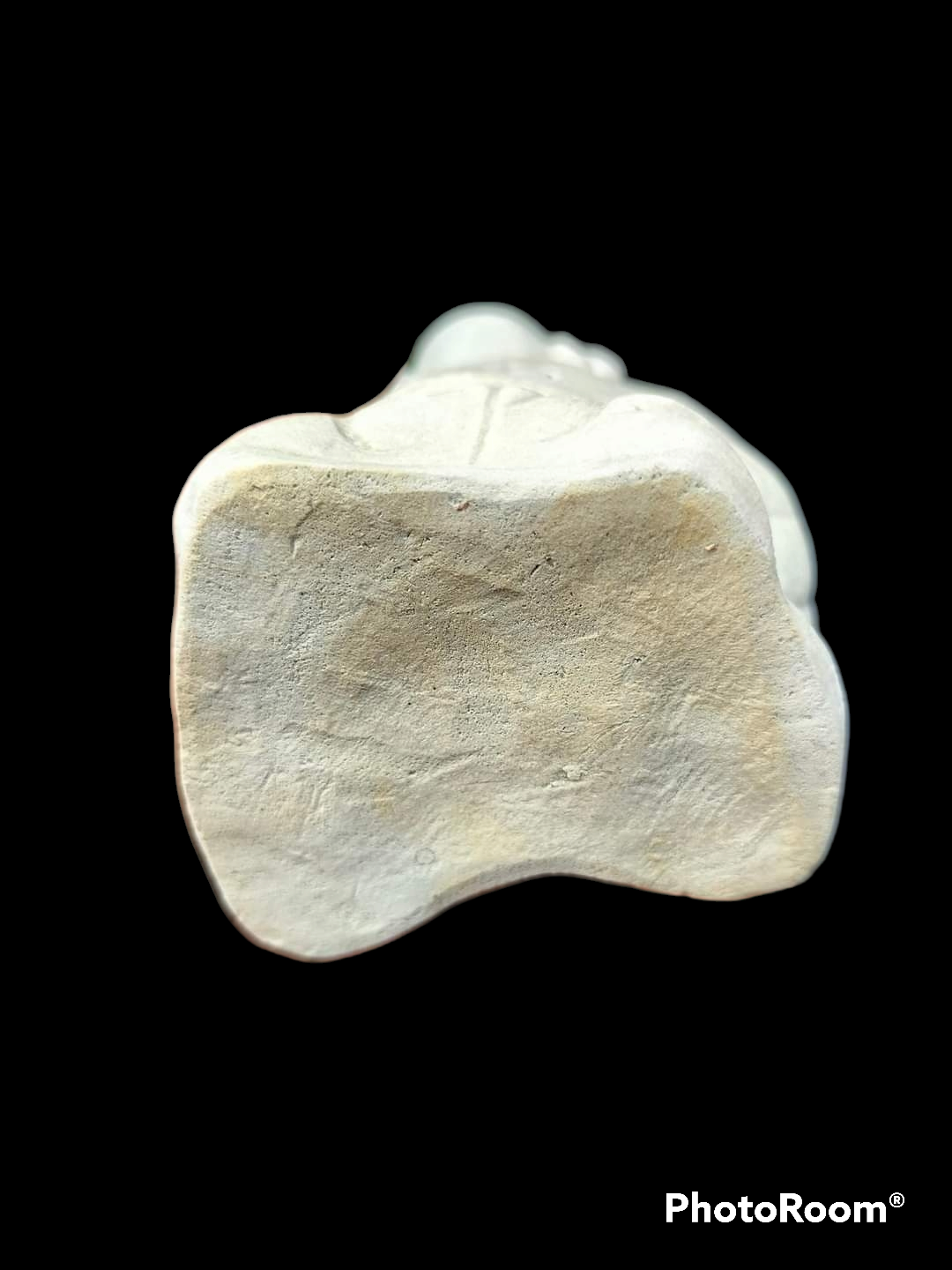 |
| Northern Song Chaozhou Bi Jiashan kiln qingbai human-shaped water dropper | |
Guangdong Xicun Unique Carved floral Decorative Style
The early Xicun carved floral decoration was influenced by that from Yue kilns. However, subsequently Xicun potters introduced a distinctive decorative element to their carved floral decoration. The outline of the flower is formed by stamped arcs. There is also an enhanced version which the floral motif is further decorated with iron-brown painted dots. I have seen examples of such decoration on ewers, bowls, cover boxes, jarlets and cups.
This iron-brown spotted carved floral decorative is found on this interesting grayish green beaker shaped cup. I have handled one during my visit to a Philippines collector and it is also featured in the book "Guangdong Ceramics from Butuan and other Philippine sites".
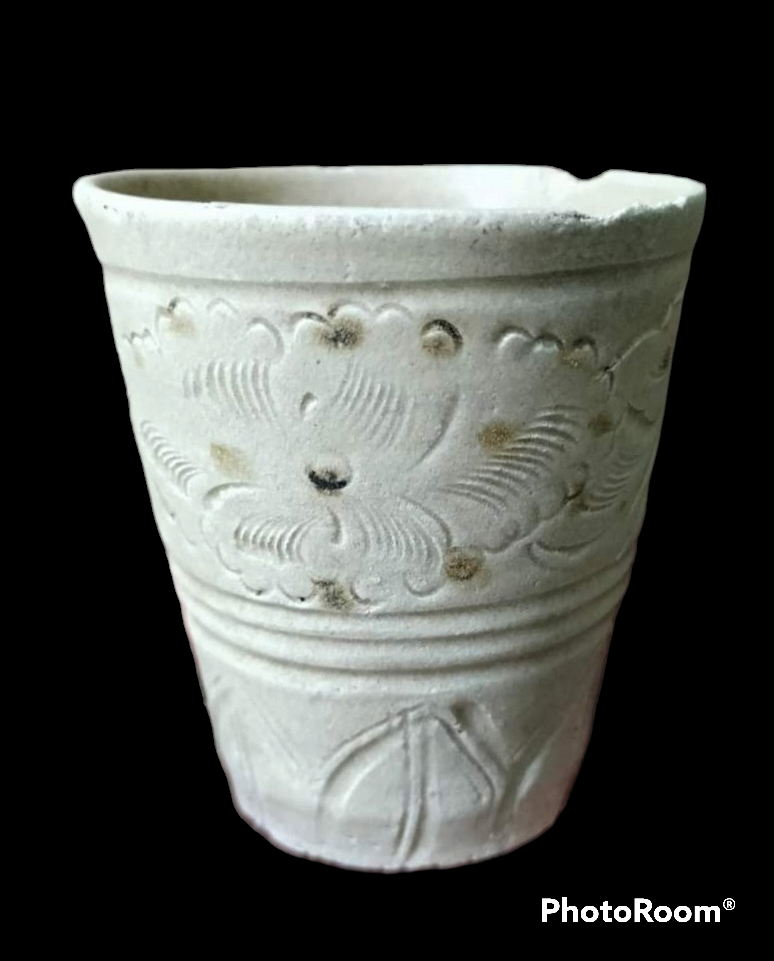 |
 |
| Grayish green glaze beaker shaped cup with carved floral decoration. Xicun potters introduced a distinctive decorative element to their carved floral decoration. The outline of the flower is formed by stamped arcs. In this example, the floral motif is further decorated with iron-brown painted dots. | |
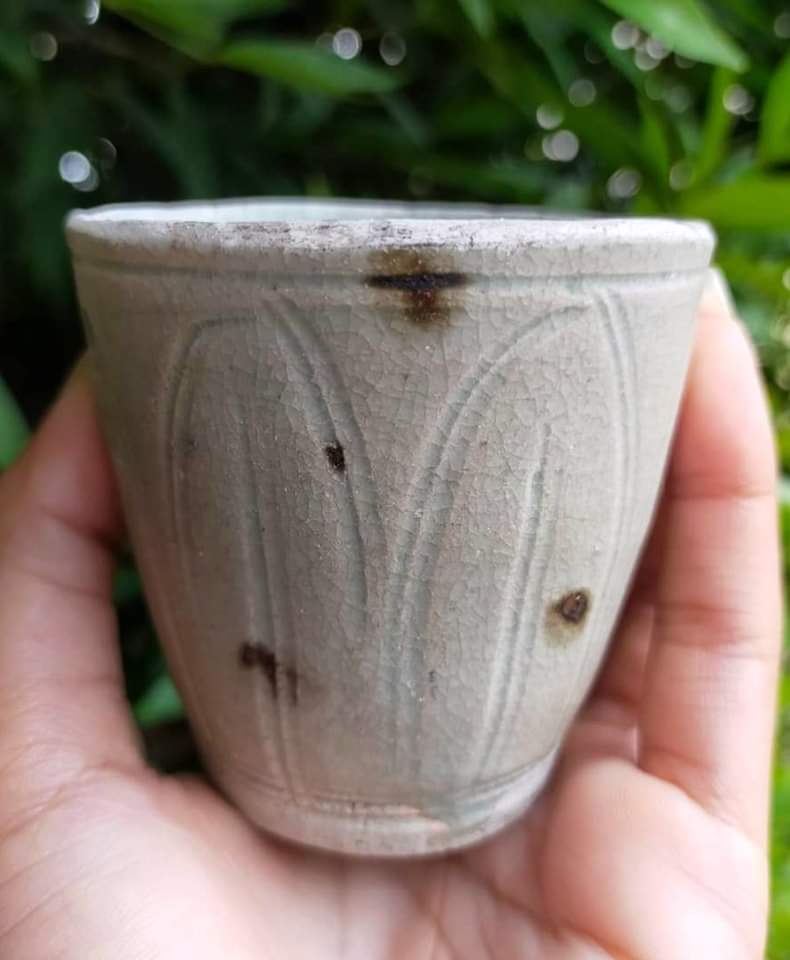 |
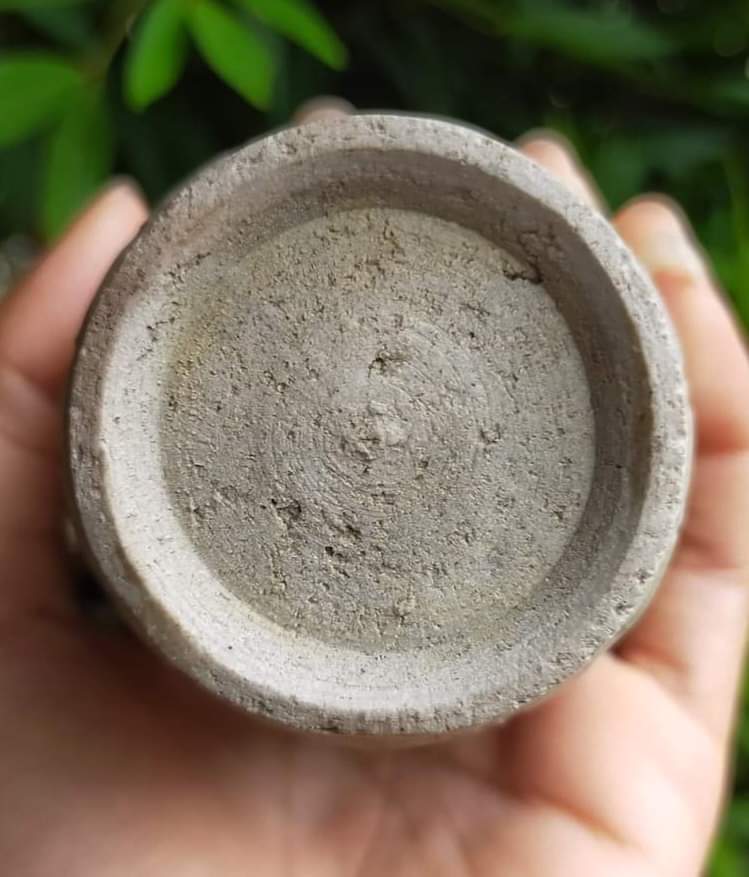 |
| Another beaker shaped cup with more simplified lotus petals and iron brown spotted decoration | |
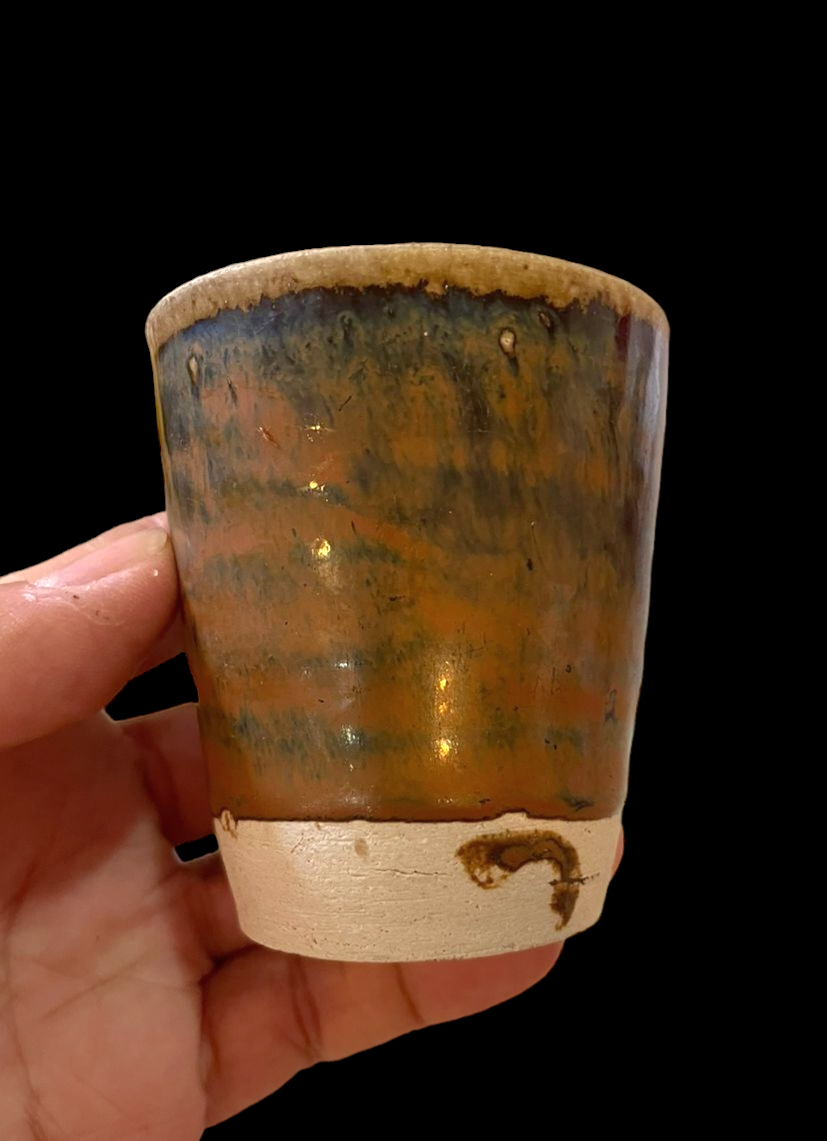 |
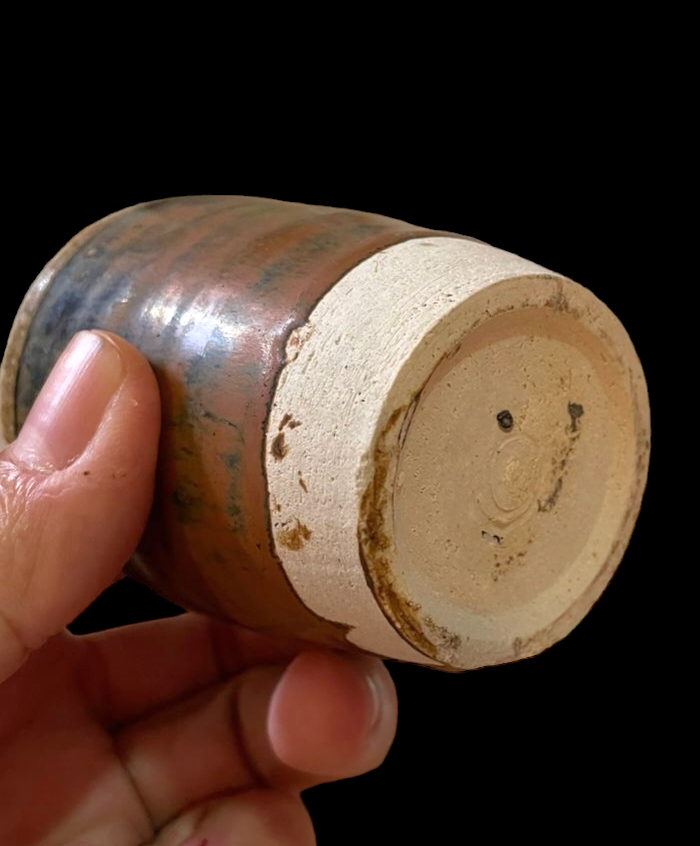 |
| Brown glaze beaker shaped cup, likely also have Guangdong origin | |
